
Originating from the esteemed wine regions of Bordeaux, Cabernet Sauvignon has journeyed across continents, establishing itself as an indispensable presence in vineyards and cellars alike. Known for its captivating complexity, robust structure, and aging grace, this wine variety appeals to both novices and seasoned wine enthusiasts. Whether you're looking to know exactly what are the characteristics of this wine, understand the unique Cabernet Sauvignon flavor profile, or navigate through its varied regional expressions, our in-depth guide is crafted to escort you through the vine-covered hills and oak-infused cellars that have cradled Cabernet Sauvignon for centuries.
Have you ever wondered what is Cabernet Sauvignon? Well, Cabernet Sauvignon is a renowned wine originating from the Bordeaux region of France, celebrated for its deep red color, robust tannin structure, and complex flavor profile. But although the history of Cabernet Sauvignon started in France, the grape has gained an incredible popularity across the world. This wine its inherently a dry wine, meaning it has no residual sugar and offers a palate that isn't sweet. The essence of Cabernet Sauvignon is its captivating duality—its capacity to be both immediately gratifying to the casual drinker while providing infinite complexity for seasoned connoisseurs. Its distinct nature sets it apart from other red wines, providing an experience that is approachable for novices yet continually intriguing for the experienced.
One key difference between Cabernet Sauvignon and other red wines is its prominent tannin structure, which contributes to its characteristic dryness and allows it to age gracefully, developing nuanced flavors over time. While other red wines might present themselves as lighter and fruitier, Cabernet Sauvignon typically boasts a fuller body with layers of flavors, ranging from fruits like black currant and black cherry to green bell pepper and eucalyptus, and often presenting notes of vanilla and spice when aged in oak barrels. The dynamic profile of Cabernet Sauvignon, oscillating between immediate gratification and complex subtlety, makes it a unique and celebrated choice among wine enthusiasts worldwide.
Cabernet Sauvignon is recognized globally as one of the most distinguished red wine grape varieties, celebrated for producing rich, full-bodied wines that are high in tannins and marked by their unique flavors. To understand the meaning of Cabernet Sauvignon, we must go into the French language:
Although it is possible to create white Cabernet Sauvignon wines, usually Cabernet Sauvignon is vinified as a red. This is due to the great tannic structure that the Cabernet Sauvignon grape has.
Cabernet Sauvignon holds an esteemed position in the wine world, celebrated for its deep color, rich tannins, and complex bouquet. Originating from Bordeaux, France, this grape has found its way to almost every wine-growing region, producing distinctive wines reflective of their terroir. Let’s uncover the stages that transform this grape into the iconic red wine we all cherish.
The journey of a remarkable Cabernet Sauvignon starts in the vineyard. The grape's distinct characteristics are influenced by the region's climate, soil, and altitude. Winemakers meticulously monitor the grape's ripening, seeking the perfect balance of sugar, acid, and tannins before deciding on the optimal harvest time.
Upon arriving at the winery, the grapes are destemmed and crushed, initiating the release of their vibrant juices. Unlike white wine production, the juice of red grapes like Cabernet Sauvignon remains in contact with the skins for a period, allowing the extraction of color, flavor, and tannins.
Fermentation sees the transformation of grape sugars into alcohol, under the action of yeast. During this phase, winemakers may choose to control the temperature to influence flavor development. The presence of grape skins during fermentation ensures the wine's deep color and tannic structure.
Cabernet Sauvignon can also undergo malolactic fermentation, where sharp malic acid is softened into creamier lactic acid. This not only enhances the wine's texture but also introduces additional layers of flavor.
A significant attribute of Cabernet Sauvignon is its affinity for oak aging. Oak barrels infuse the wine with nuances of vanilla, cedar, and spices. The choice of oak (e.g., French, American, or Hungarian) and the duration of aging play crucial roles in shaping the wine's final profile.
Post-aging, the wine is filtered to eliminate any residues and then bottled. Given its sturdy tannic structure, Cabernet Sauvignon often benefits from further aging in the bottle, allowing flavors to integrate and mellow over time.
Decoding these production steps helps wine lovers gain a richer perspective on the meticulous care and expertise required to produce Cabernet Sauvignon. Whether you’re a fan of the young, vibrant versions or the aged, complex ones, the depth and versatility of this grape is truly unmatched.
To sip a glass of Cabernet Sauvignon is to engage in a sensory dialogue with the wine itself—a complex exchange of aromatic messages and taste cues that reveal the wine's origin, craftsmanship, and potential. This is more than just wine tasting; it is an interpretive journey, an exercise in nuanced observation, and a celebration of aesthetic beauty. Below, we dive into the Cabernet Sauvignon description:
To start with our Cabernet description, we need to delve into the aromatic profile and taste. Each of these dimensions offers a rich tapestry of variables that can be influenced by numerous factors—from the terroir and climate where the grapes were grown to the techniques employed during the winemaking process.
The aroma of a Cabernet Sauvignon can often serve as a window into its soul. Depending on its origin and how it was made, the wine can exude a wide array of scents that dance intricately from the moment you uncork the bottle.
Fruity:
Earthy:
Spicy:
Oak aging:

As you take a sip, your palate is greeted with a symphony of flavors that often mirror the aromatic profile but can add extra layers of complexity. Here is a typical set of notes that are characteristics of the Cabernet Sauvignon flavor profile:
Fruity:
Herbaceous:
Earthy:
Spicy:
Oak aging:

Cabernet Sauvignon is known for its exceptional aging potential due to its high tannin levels and acidic backbone. This makes it a suitable wine for extended aging, resulting in a graceful evolution over years or decades. As the wine ages, its profile undergoes a fascinating metamorphosis, with vibrant fruit flavors softening and becoming more subdued, and earthy, spicy, or mineral nuances taking center stage. The texture becomes smoother, and tannins become more integrated. Tertiary aromas and flavors may develop, adding complexity to the already complex sensory profile. Aging Cabernet Sauvignon requires patience and understanding, a collaboration between the winemaker and the wine's inherent qualities. Engaging with the wine is not just about enjoying a glass of wine; it offers an endless journey of discovery, delighting, surprising, and educating with each nuanced layer.
When it comes to wine, the experience can often transcend the glass. Cabernet Sauvignon, with its multifaceted sensory profile and compelling structure, offers a tantalizing playground for gastronomic adventures. But how does one navigate the intricate landscape of flavors and textures to find the perfect culinary counterpart to this iconic wine? The answer lies in understanding both the wine and the potential food pairings that can elevate it to an even higher realm of enjoyment. Below, we delve into the recommended dishes that harmonize beautifully with Cabernet Sauvignon and explore the critical factors that can influence the success of these pairings.
As versatile as it is distinct, Cabernet Sauvignon lends itself to an array of culinary traditions and flavors. Its high tannin and acidity, along with its complex flavor profile, make it a suitable companion for a variety of dishes, ranging from classic French entrees to spicy Asian fare, and even some vegan specialties.
Vegetarian and Vegan:
The pairing of Cabernet Sauvignon with food isn't merely a matter of personal preference; it's an art that incorporates a deep understanding of both the wine's characteristics and the dish's flavors, textures, and preparation methods. Several factors can make or break a pairing, and being aware of these can mean the difference between a forgettable meal and an unforgettable culinary experience.

Whether you're planning an elegant dinner party or simply looking to elevate a weeknight meal, the universe of Cabernet Sauvignon food pairings offers an ever-expanding realm of possibilities. By thoughtfully selecting dishes that complement the wine's attributes—and considering the various factors that can influence the success of a pairing—you can transform each sip and each bite into a harmonious symphony of flavors.
In the ever-expanding world of wine, terroir—the unique combination of soil, climate, and topography—plays an instrumental role in defining the character of each bottle. Cabernet Sauvignon, often considered a "cosmopolitan" grape due to its adaptability, has found homes in diverse corners of the globe. This has given rise to distinct regional styles, each marked by unique characteristics influenced by their place of origin. In this section, we embark on a vinous voyage around the world, exploring the key regions where Cabernet Sauvignon has not only thrived but also acquired a unique regional identity.
The chameleon-like adaptability of Cabernet Sauvignon allows it to express a wide range of styles depending on where it is grown. While its spiritual home will always be Bordeaux, its journey across oceans and continents has resulted in a pantheon of exceptional wines, each offering a new lens through which to appreciate this iconic grape.

Climate significantly influences the taste profile of Cabernet Sauvignon, affecting everything from the wine’s acidity to its color, aroma, flavor, and structure. The way climate impacts the grapes can be broadly categorized into two main types: cool climate and warm climate.
Regions with cooler climate, such as Bordeaux in France, Margaret River in Australia, and parts of the West Sonoma Coast in California, produces wines with the following characteristics:
On the other hand, regions with a warmer climate such as Napa Valley in California, Maipo Valley in Chile, and Barossa Valley in Australia tend to produce wines with the following characteristics:
Ah, the bottle is finally uncorked—a beautiful Cabernet Sauvignon awaits, its ruby-red depths promising a voyage into sensory delight. But wait! The ways in which this prized wine is served and stored can greatly impact your enjoyment of it. From the temperature at which it is served to the vessel in which it's decanted, every aspect can either enhance or detract from the wine’s intrinsic qualities. Similarly, how this wine is stored, even before the cork is pulled, lays the groundwork for its ultimate expression. This section aims to guide you through the finer points of serving and storing Cabernet Sauvignon, ensuring that each bottle reaches its full, glorious potential.
Much like a chef painstakingly arranges their culinary creations on a plate, the serving and storage of Cabernet Sauvignon warrant meticulous attention. The setting may vary—from a sumptuous banquet to an intimate dinner—but the principles remain the same. It is a multi-faceted endeavor that merges tradition, science, and aesthetic sensitivity, all aimed at optimizing the wine's presentation and longevity. Let's explore the nuances of this fascinating subject.
Temperature exerts a profound influence on how a wine expresses itself. Serve it too warm, and the alcohol can overpower the nuanced flavors; too cold, and the wine’s complexity is dulled. But what is the ideal temperature for Cabernet Sauvignon?
The general consensus is that this wine thrives at slightly below room temperature—ideally between 60–65°F (15–18°C). At this range, the wine's full spectrum of flavors and aromas are allowed to flourish, providing a balanced and rich experience. If you find your bottle has been stored in a place warmer than the ideal serving temperature, consider placing it in the refrigerator for about 20–30 minutes before serving. Conversely, if the wine is too cold, letting it sit at room temperature until it reaches the thermal sweet spot is advised.
Choosing the appropriate glass for Cabernet Sauvignon enhances the drinking experience by showcasing the wine's complex aromas and flavors. The glass’s shape and design play pivotal roles in highlighting the characteristics of this robust red wine. Below are the steps and considerations for selecting the best glass for Cabernet Sauvignon:

Decanting is more than an aesthetic ritual; it's a technique that can dramatically improve your Cabernet Sauvignon experience. The practice involves pouring the wine into a separate container, typically a glass decanter, allowing it to "breathe." But why is this necessary?
Cabernet Sauvignon, especially those that are young or particularly tannic, can benefit immensely from aeration. The process softens the tannins and allows the wine to open up, showcasing flavors and aromas that might otherwise remain locked away. As a general rule, younger Cabernets may benefit from one to two hours of decanting, while older vintages might require less time—or even none at all, especially if the wine is exceptionally fragile due to age.
Just as important as how a Cabernet Sauvignon is served is how it’s stored prior to uncorking. Incorrect storage can lead to premature aging, spoilage, or even the tragic loss of the wine's character altogether.
For long-term storage, a temperature-controlled wine cellar or wine fridge set between 55–59°F (12–15°C) is ideal. Humidity should be maintained at about 70% to ensure the cork stays moist, thus preventing oxidation. Bottles should be stored on their sides to keep the cork in contact with the wine. Light exposure should also be minimized, especially for bottles with lighter-colored glass, as ultraviolet rays can degrade the wine over time.
Understanding and implementing proper serving and storage techniques can elevate your Cabernet Sauvignon experience from mere consumption to a deeper form of appreciation. By paying heed to these often-overlooked details, you're not only showing respect for the wine but also maximizing the joy and satisfaction it can bring. So as you prepare to pour your next glass of Cabernet Sauvignon, remember that the beauty of this iconic wine is not just in the bottle, but also in how you bring it to the table.
When delving into the nuanced and captivating world of red wines, understanding the subtleties that distinguish one variety from another is crucial for both seasoned connoisseurs and casual enthusiasts alike. Two red wine varieties that are often explored and compared are Cabernet Sauvignon and Cabernet Franc. Although these wines share some commonalities, stemming from their historical and genetic ties, they also exhibit distinct characteristics that contribute to their unique profiles and tasting experiences. Below, we’ll delve into the similarities and differences between Cabernet Sauvignon and Cabernet Franc, examining their origins, flavor profiles, structures, and ideal serving conditions, among other facets. This comparative analysis aims to provide a clearer understanding of each wine’s unique identity and the remarkable depth and variety the world of red wine has to offer.
For the discerning wine enthusiast, the journey of a wine begins long before the cork is popped. The story of sustainable Cabernet Sauvignon is rooted in eco-conscious vineyard practices, but its narrative extends prominently to labeling.
Eco-labels have become the wine world's 'seal of approval', indicating that the wine in your glass has been produced with a minimal environmental footprint. These labels can offer insights into water conservation, reduced chemical use, and biodynamic practices, ensuring that the land remains fertile for future vintages. However, sustainability isn't limited to the vineyard. Winemakers are adopting carbon-neutral practices, using lighter packaging, and even opting for recyclable materials. Transporting wines in bulk and bottling them closer to market destinations also helps in reducing the carbon footprint.
For a Cabernet Sauvignon aficionado, these practices translate into a wine that not only tastes good but feels good to support. Next time you pick a bottle, look closely at its label; it might just tell you a story of a planet loved as deeply as the wine itself.
Having traversed the complex landscape of Cabernet Sauvignon, it’s evident that its global acclaim is well-deserved. Its dynamic profile, which ranges from bold and tannic to subtle and velvety, mirrors the rich tapestry of regions where it’s cultivated, each bottle telling a unique story of terroir, climate, and meticulous craftsmanship. As you continue your wine discovery journey, let the knowledge acquired from this guide enhance your appreciation and enjoyment of each glass of Cabernet Sauvignon you encounter. With a storied history, diverse expressions, and an undeniable charm, Cabernet Sauvignon truly is a timeless classic in the ever-evolving world of wines. Whether you’re raising a glass at a celebration or savoring a quiet evening, this red wine is sure to elevate the moment with its undeniable allure and rich palate.
If you want to start your Cabernet Sauvignon wine brand over strong foundations, then this article about wine branding has valuable insights, that can help you to achieve your goals. On the other hand, if you are a wine producer that has a Cabernet Sauvignon wine in its portfolio, then you should definitelly check out this article, that has valious insights that will help you to differenciate your brand from the rest.

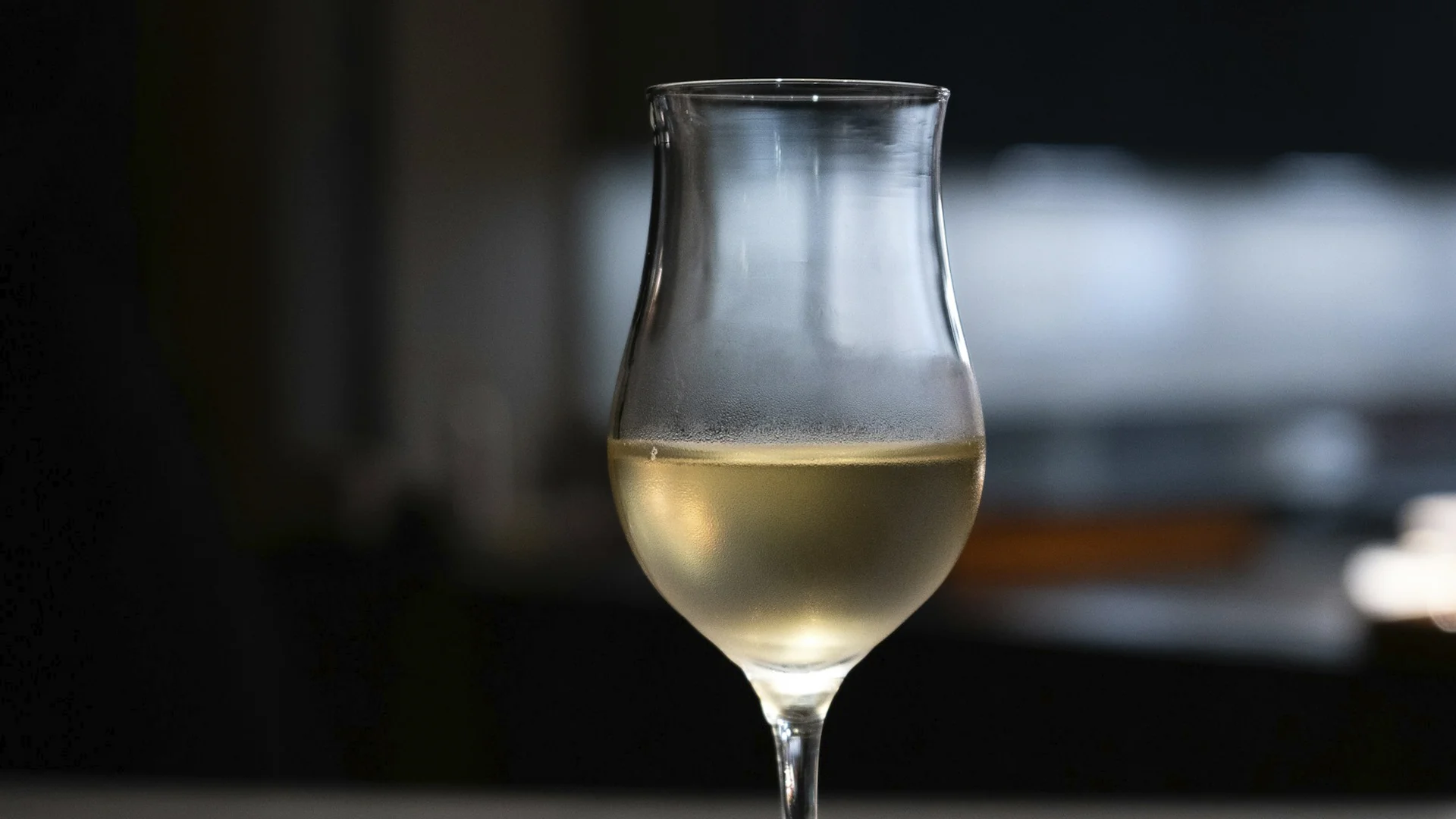
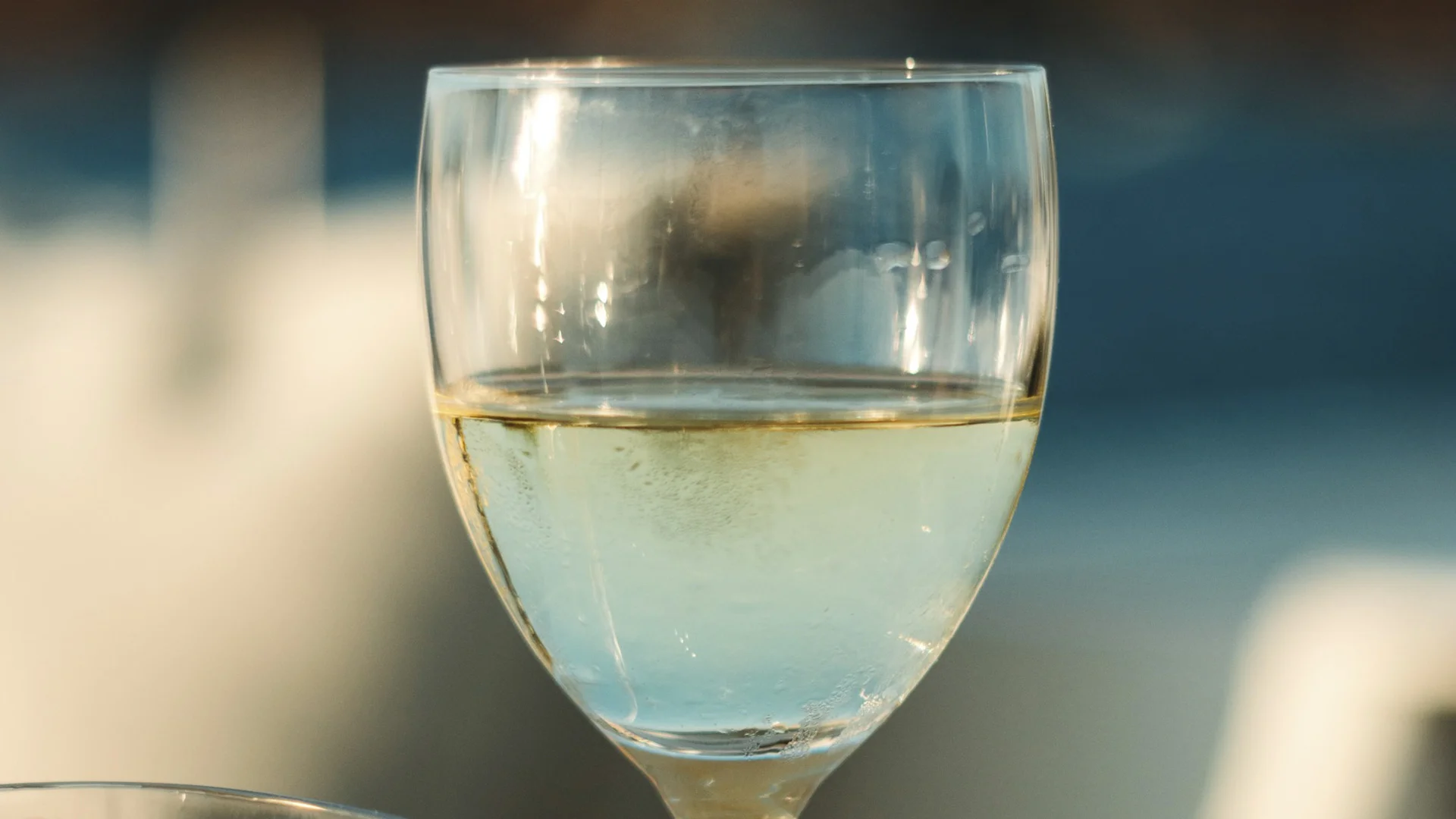

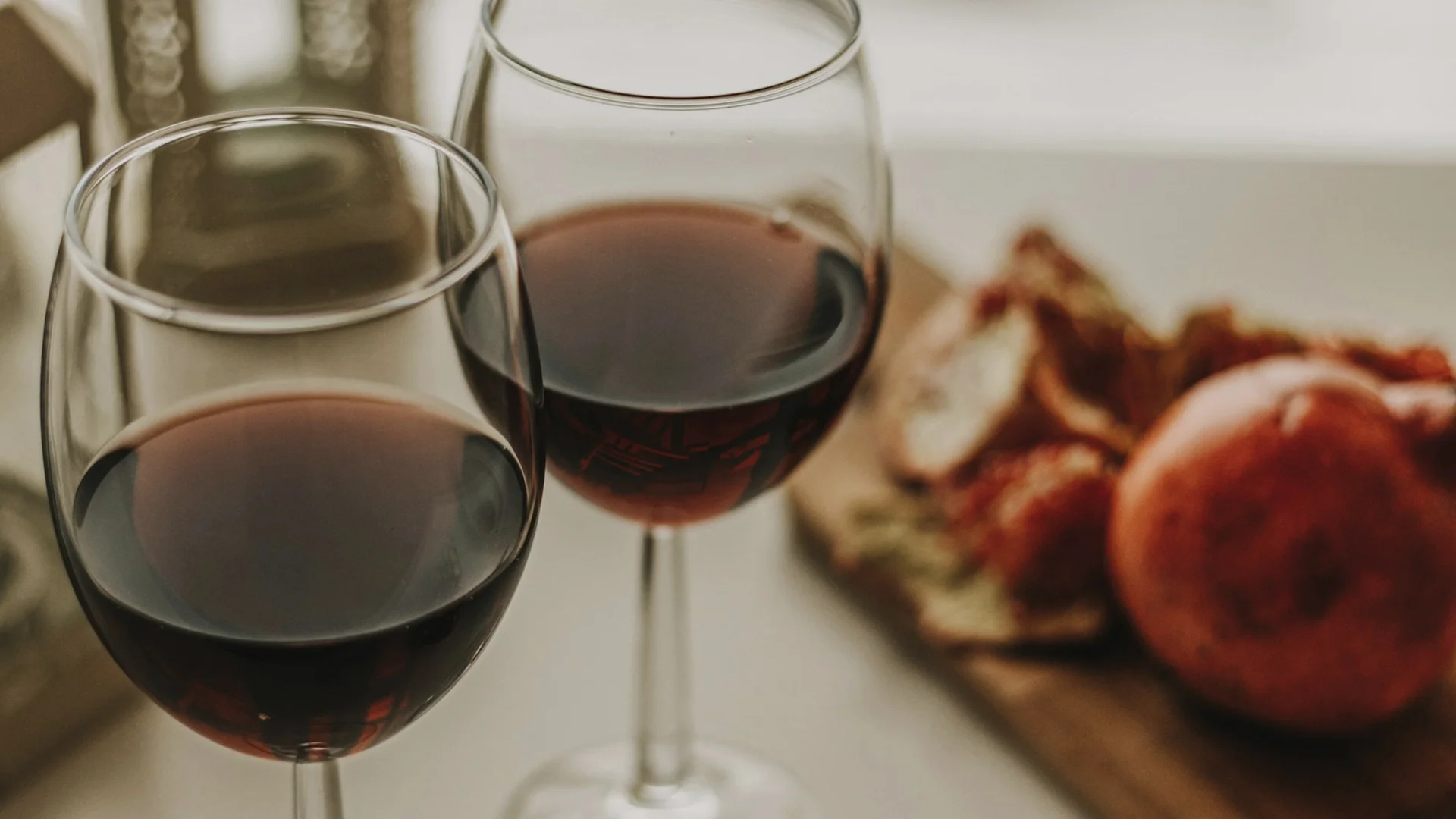


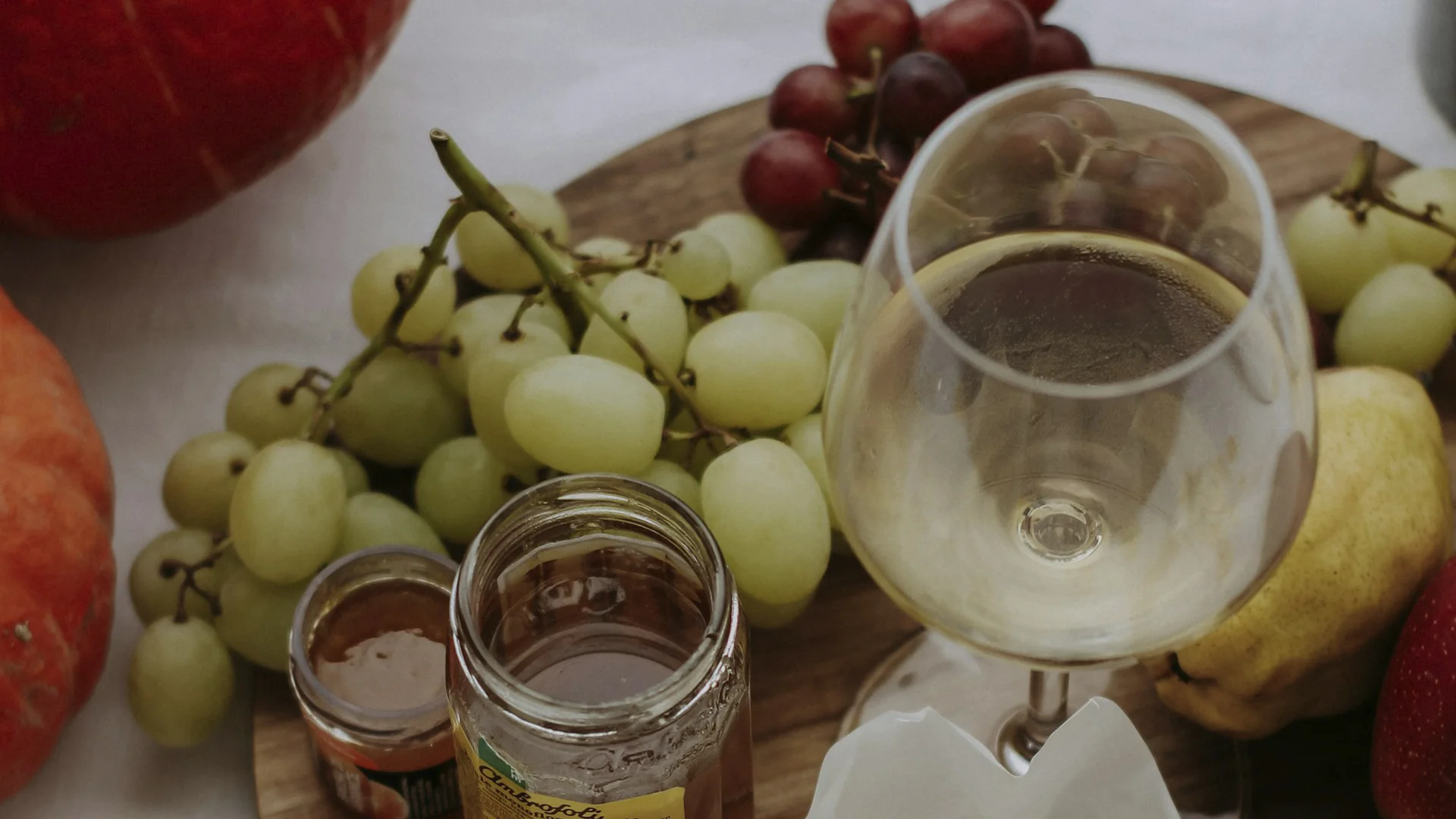
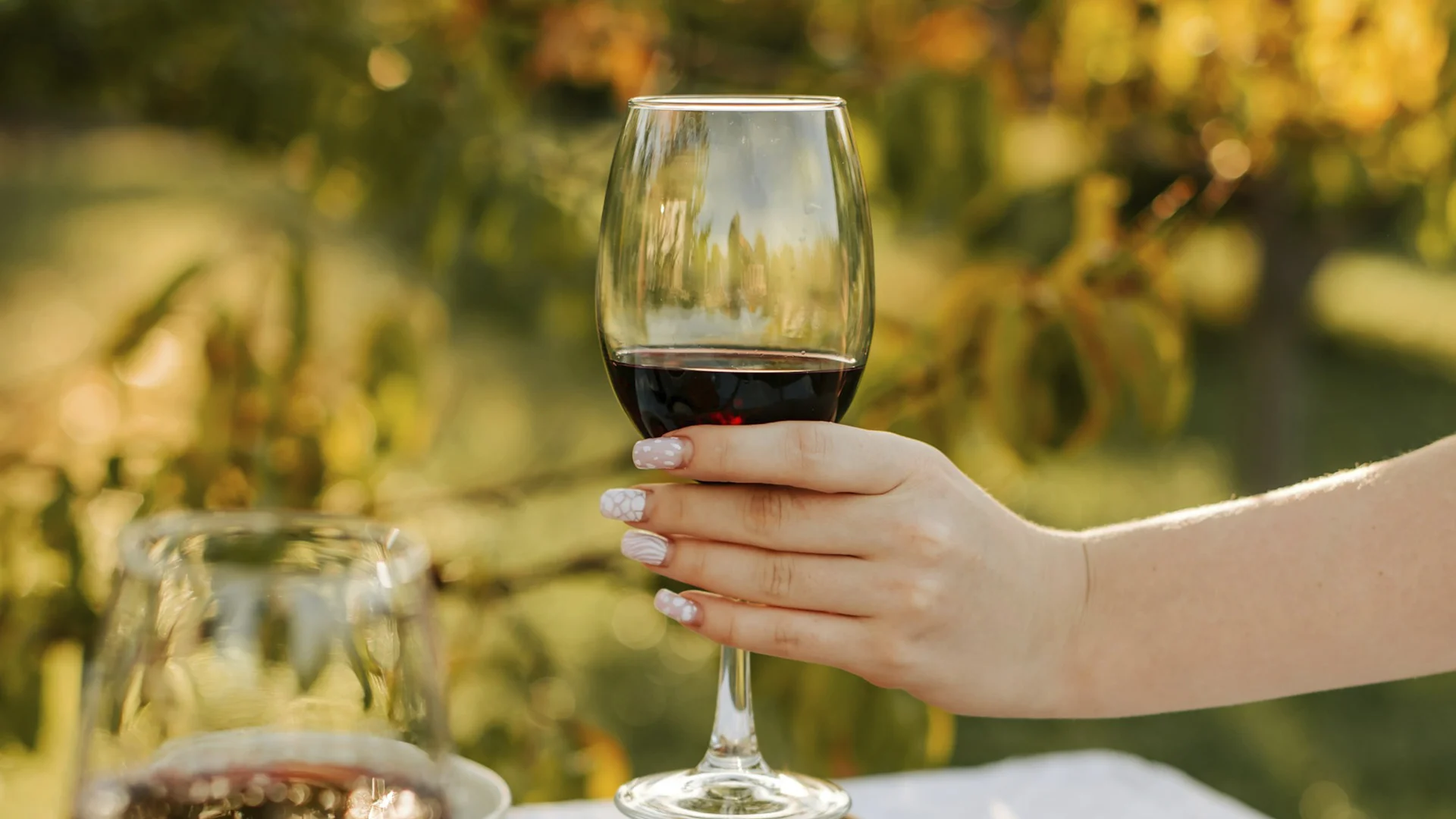


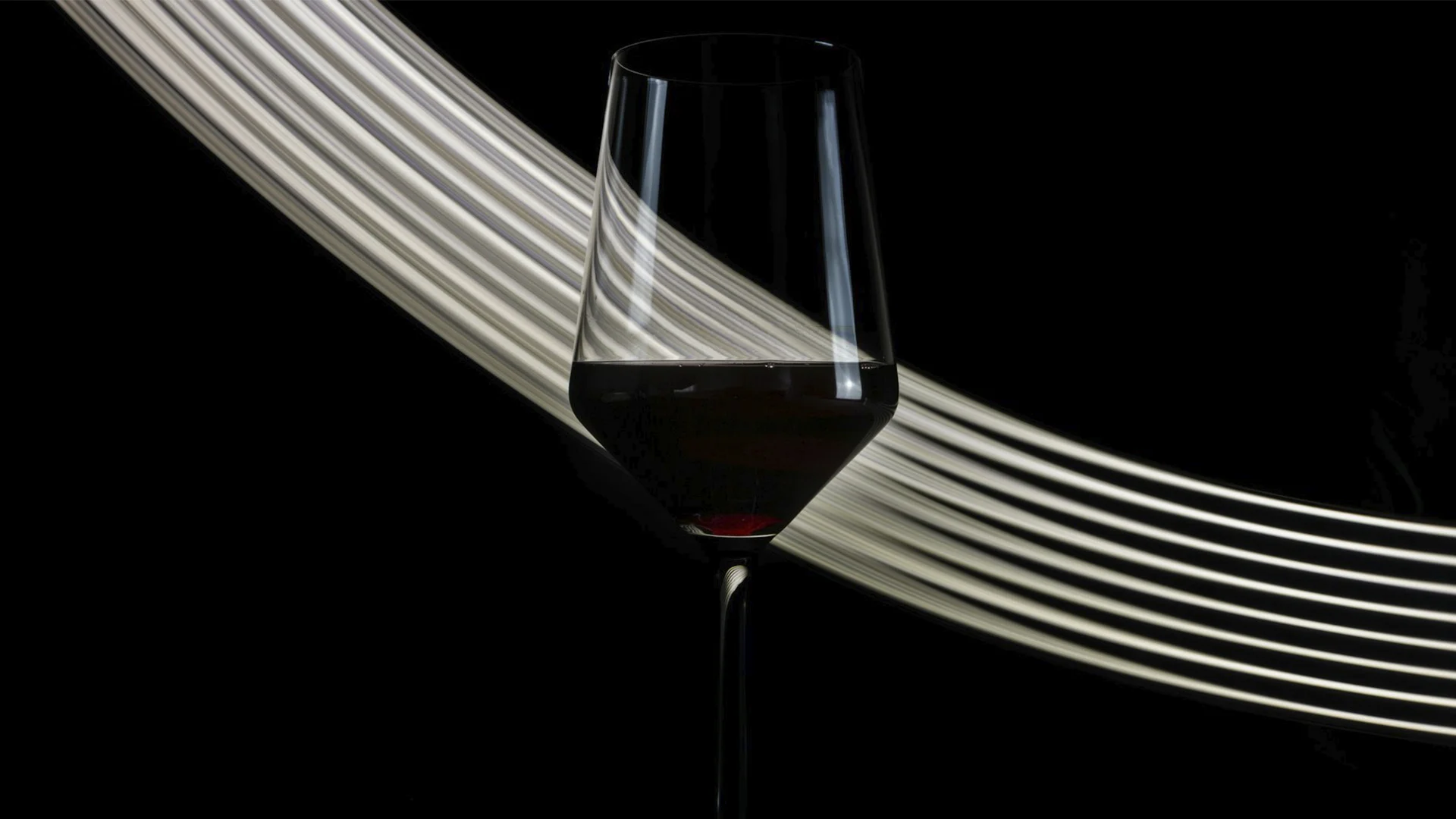



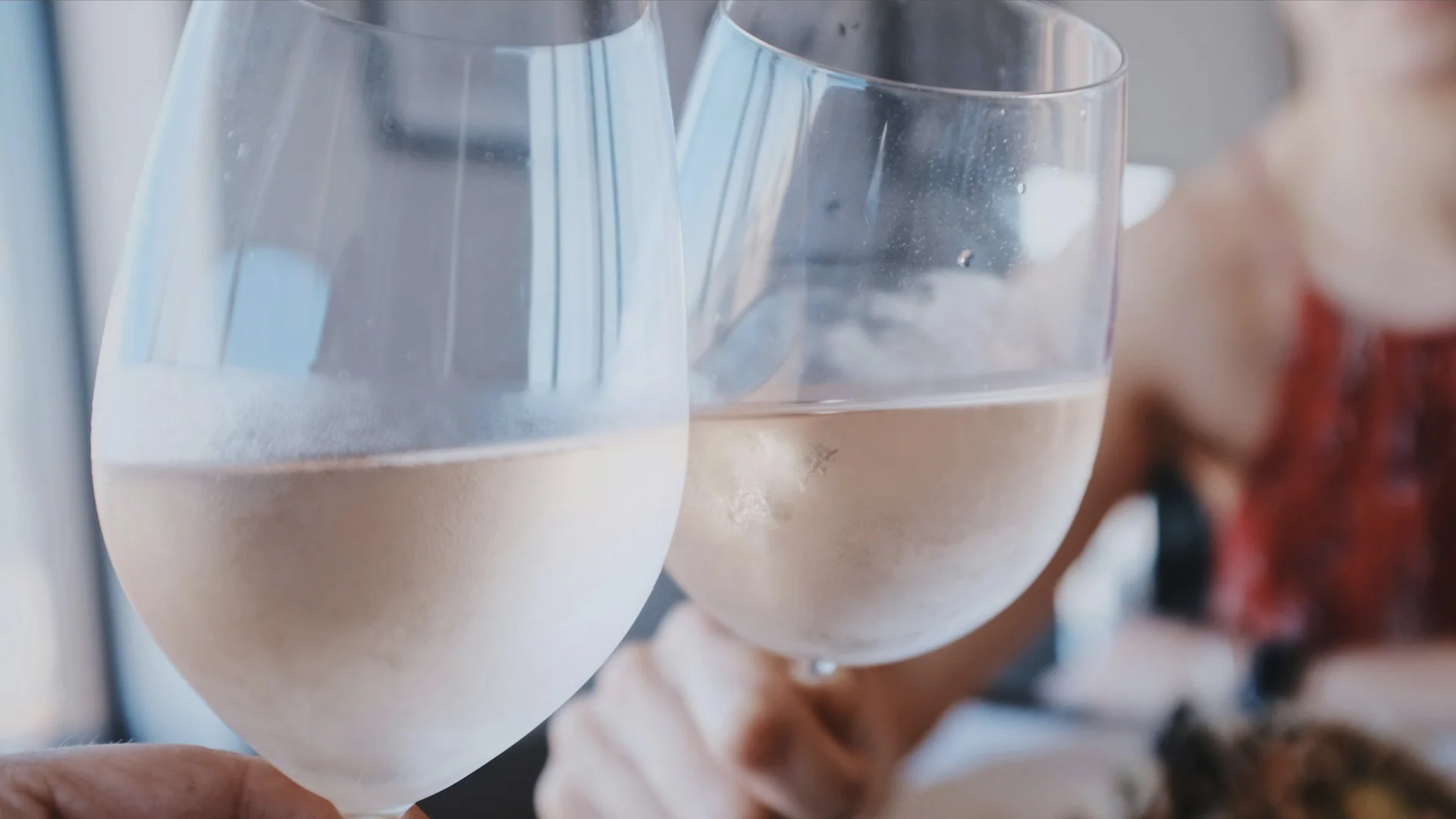
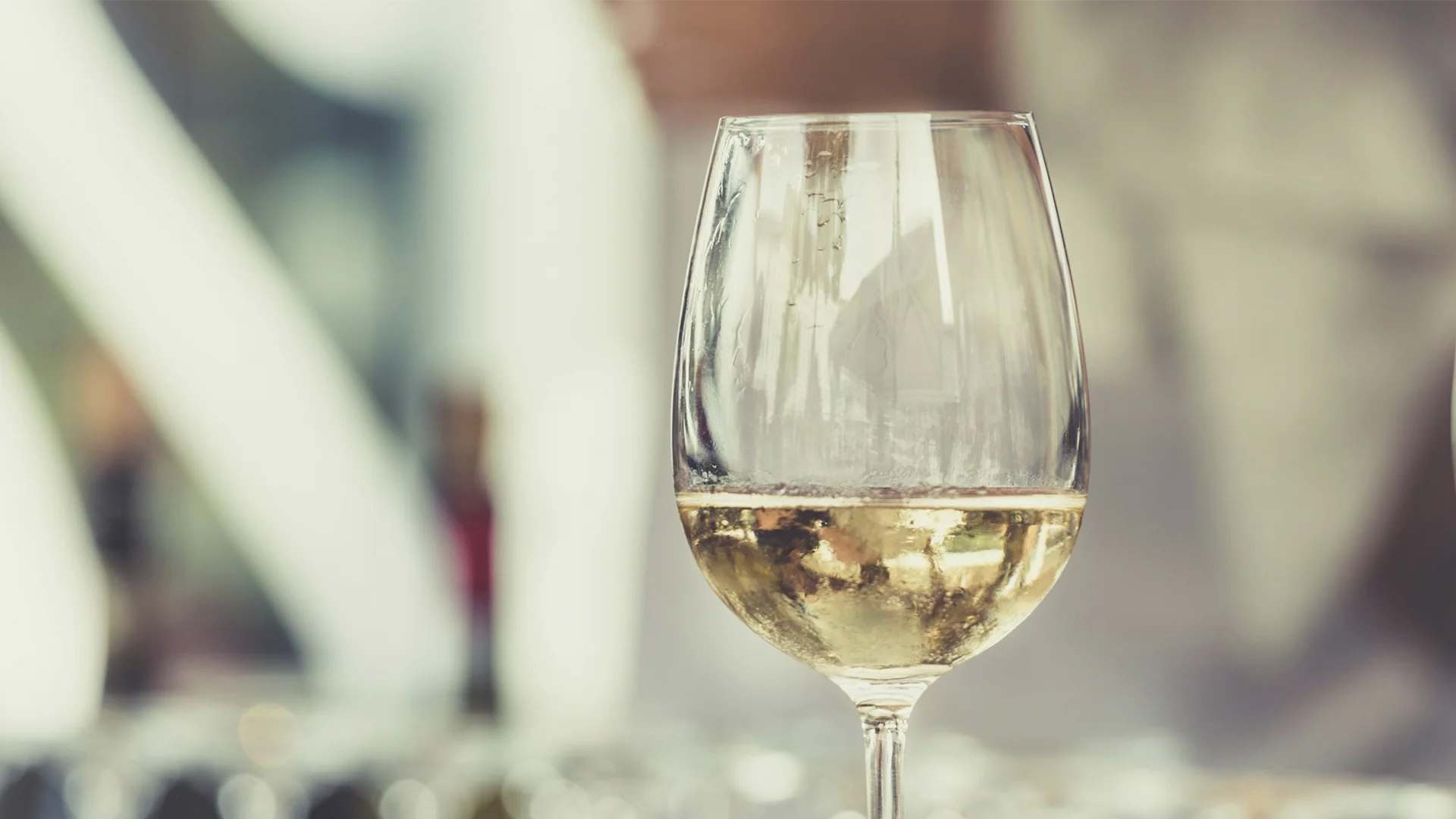
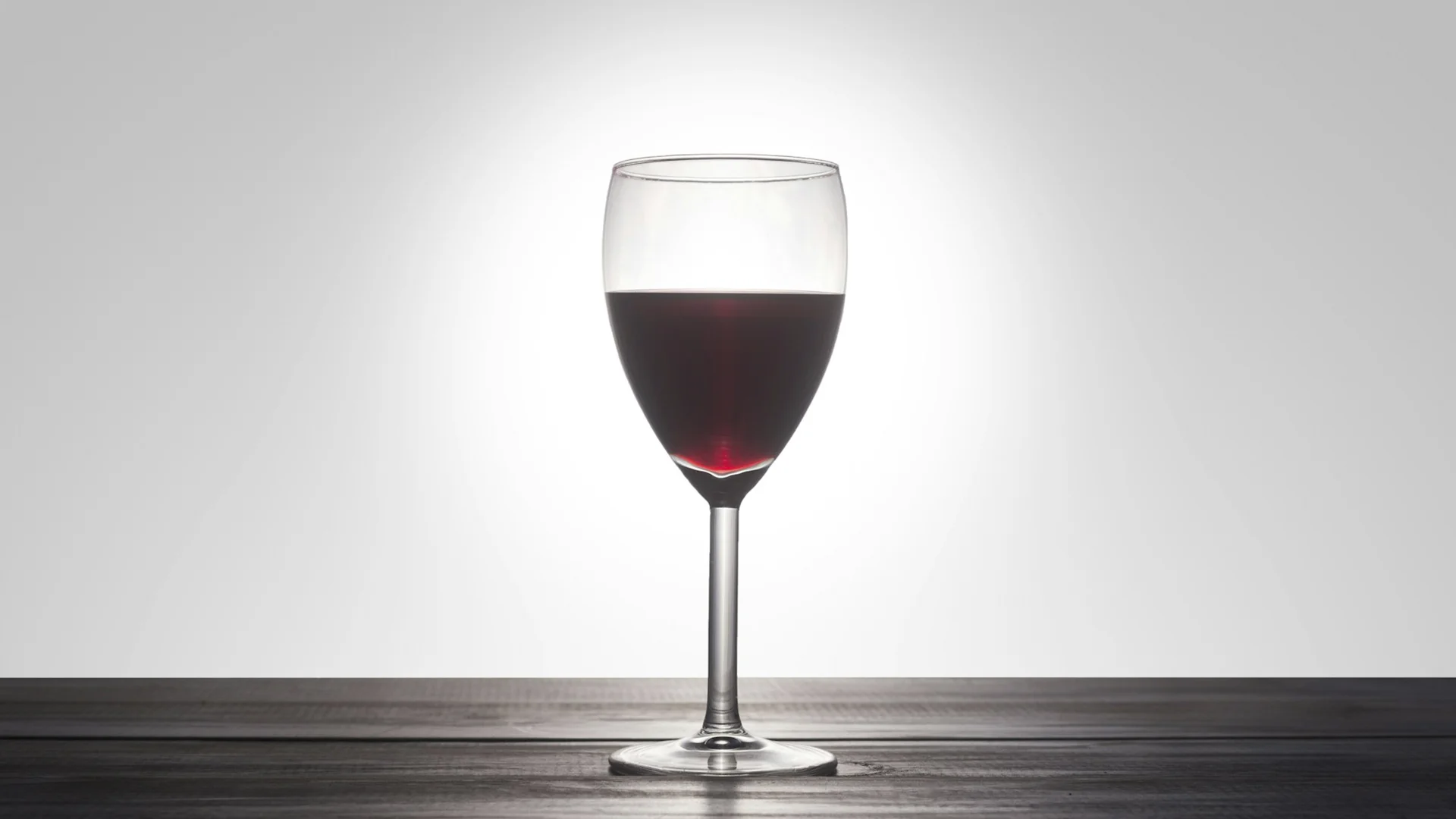

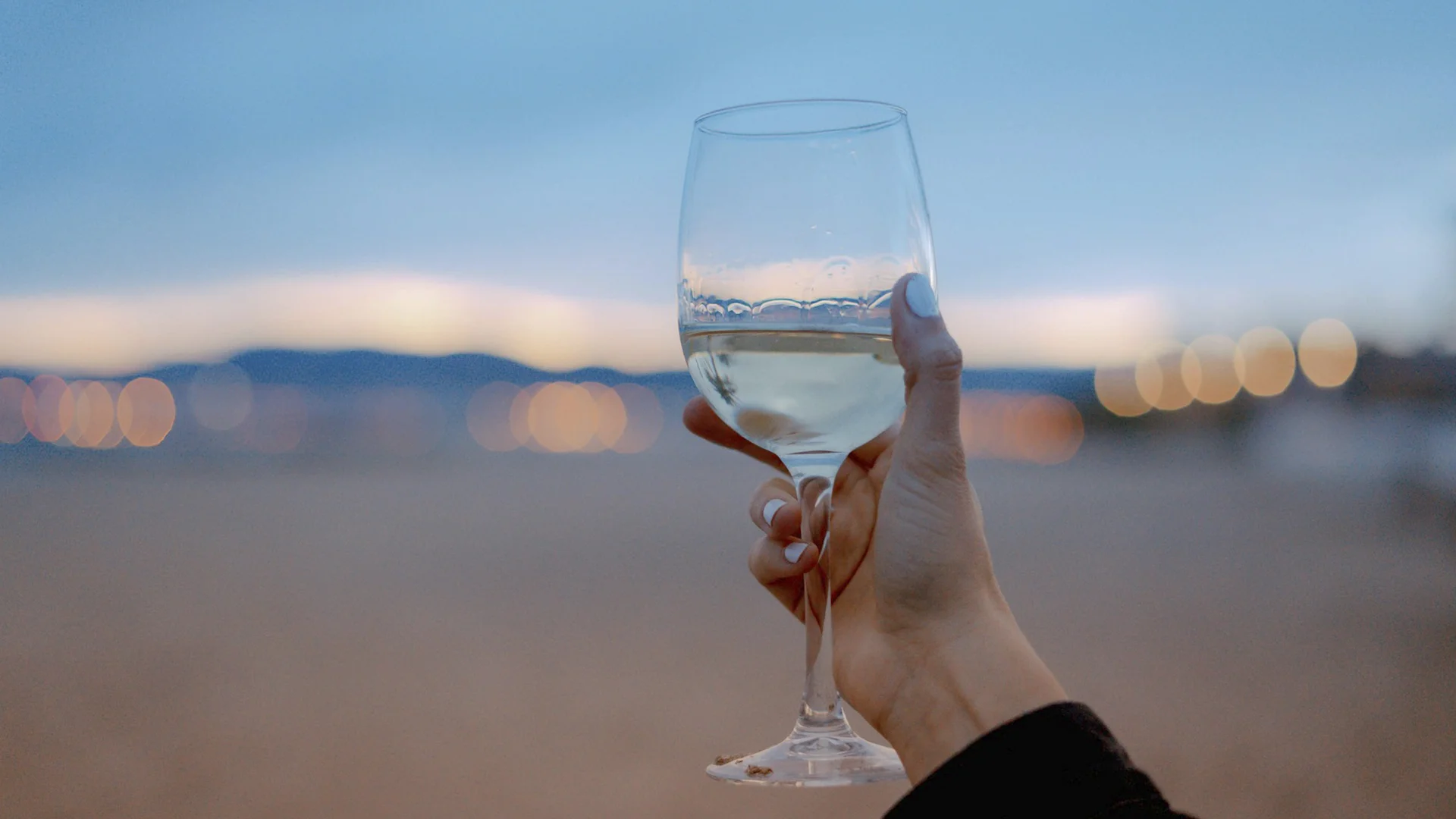
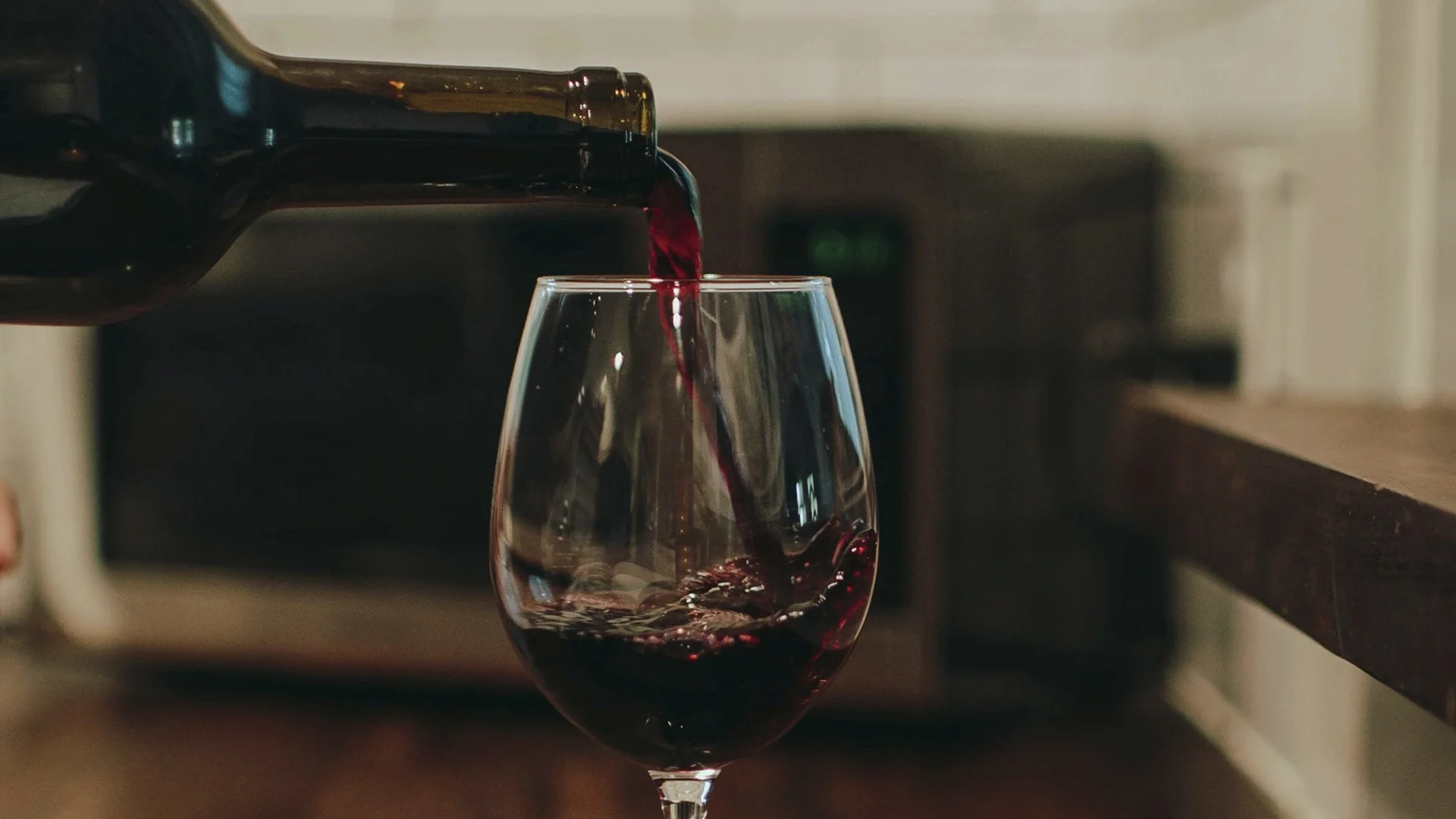


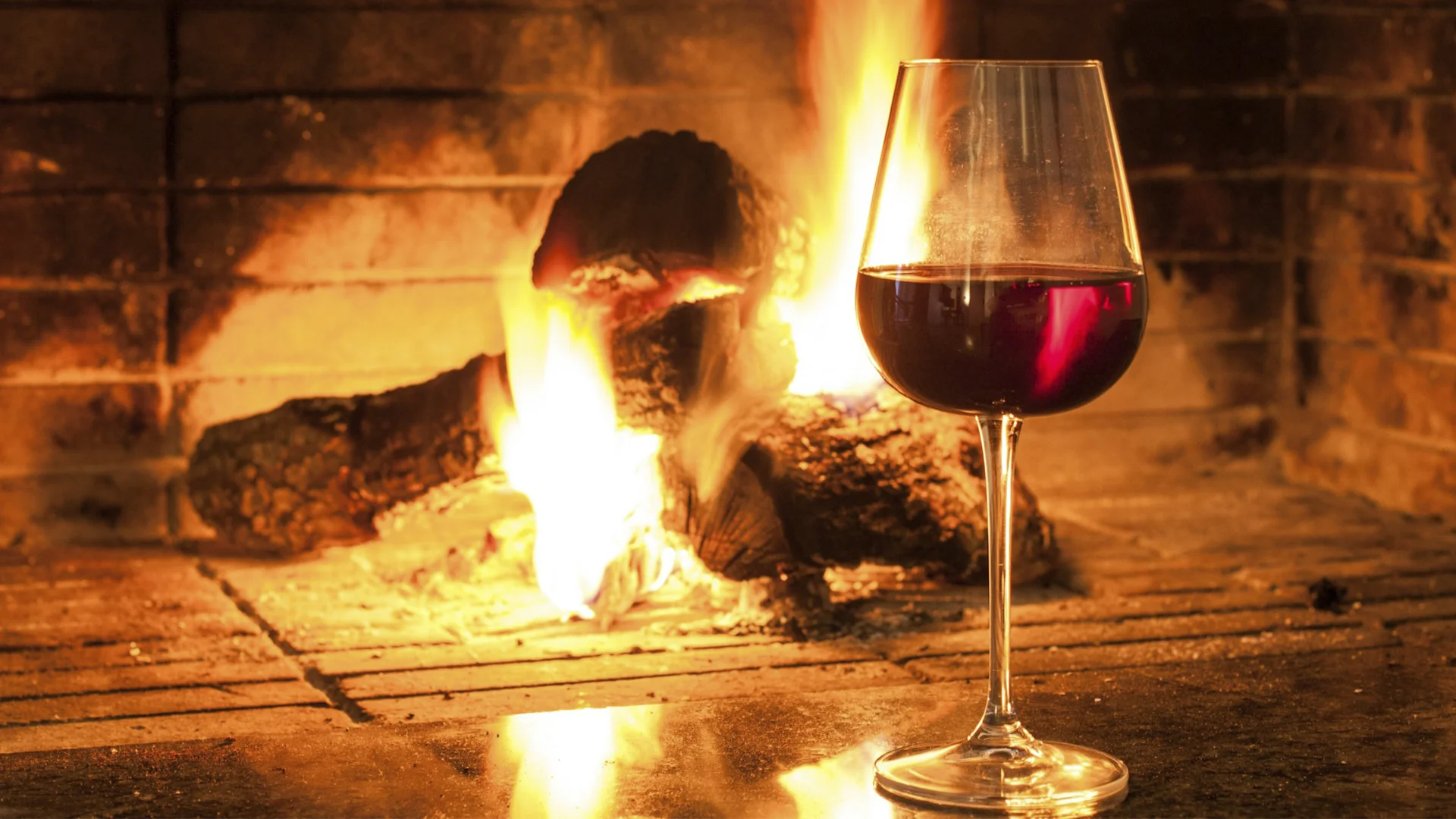
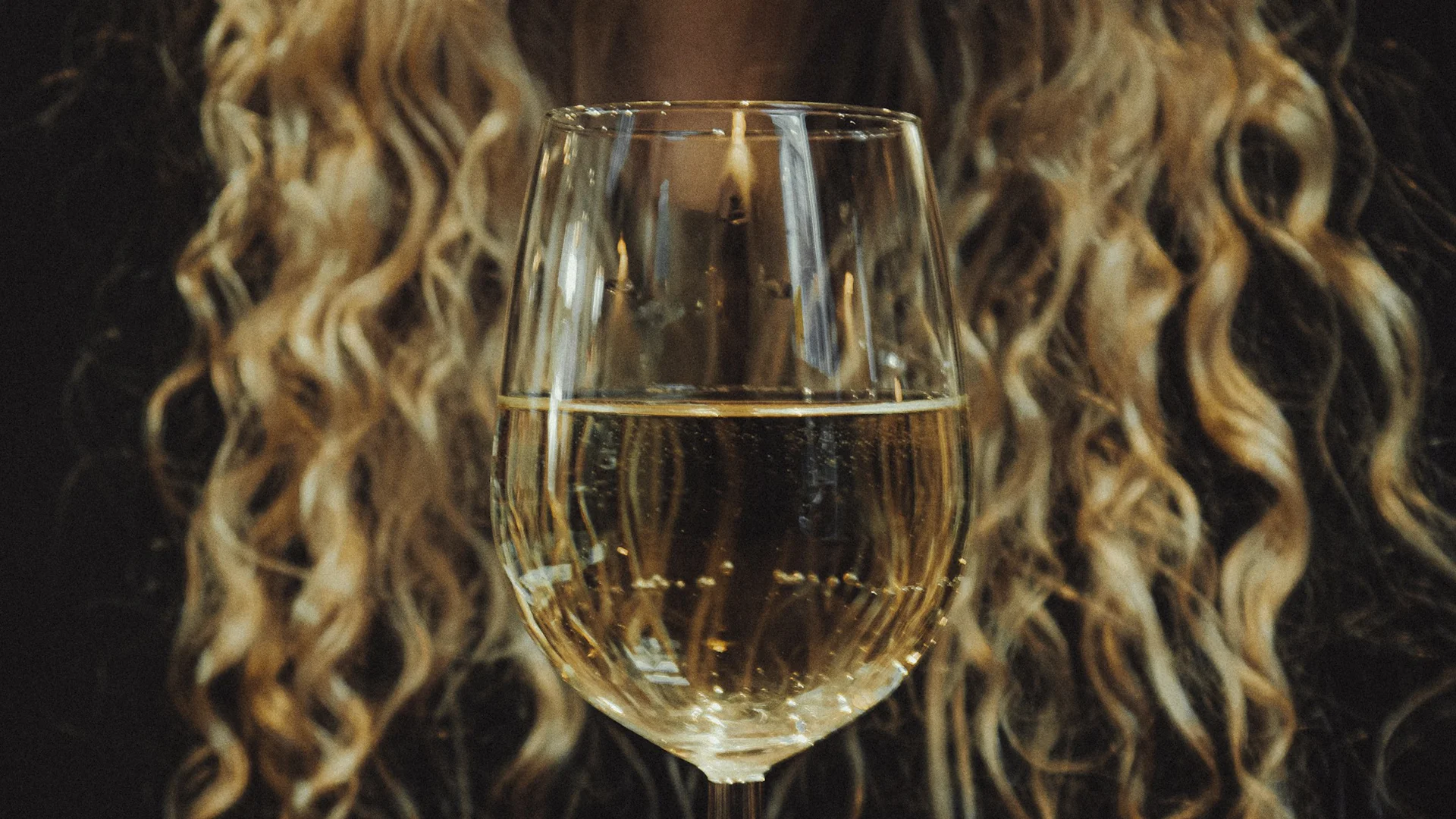

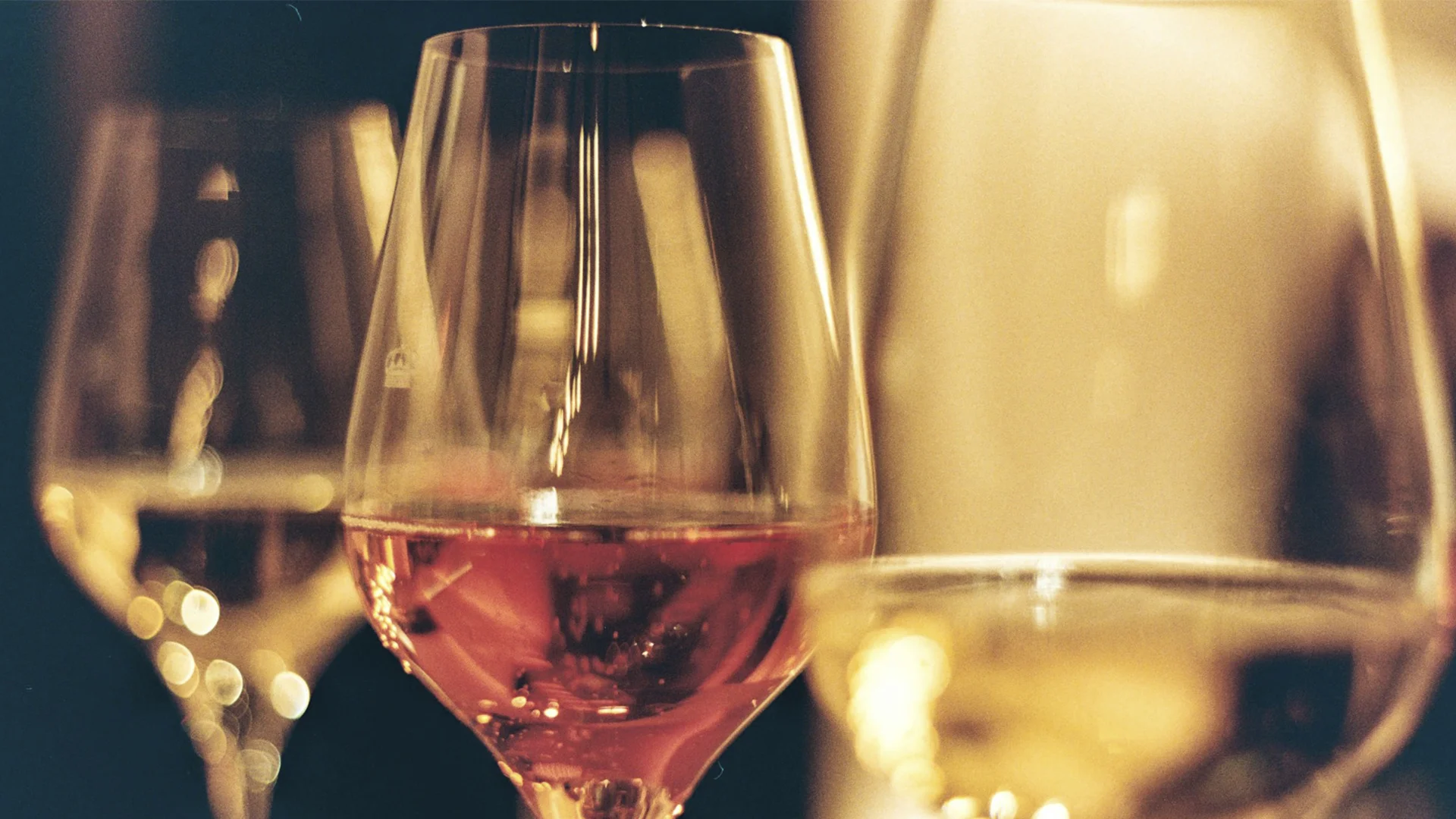
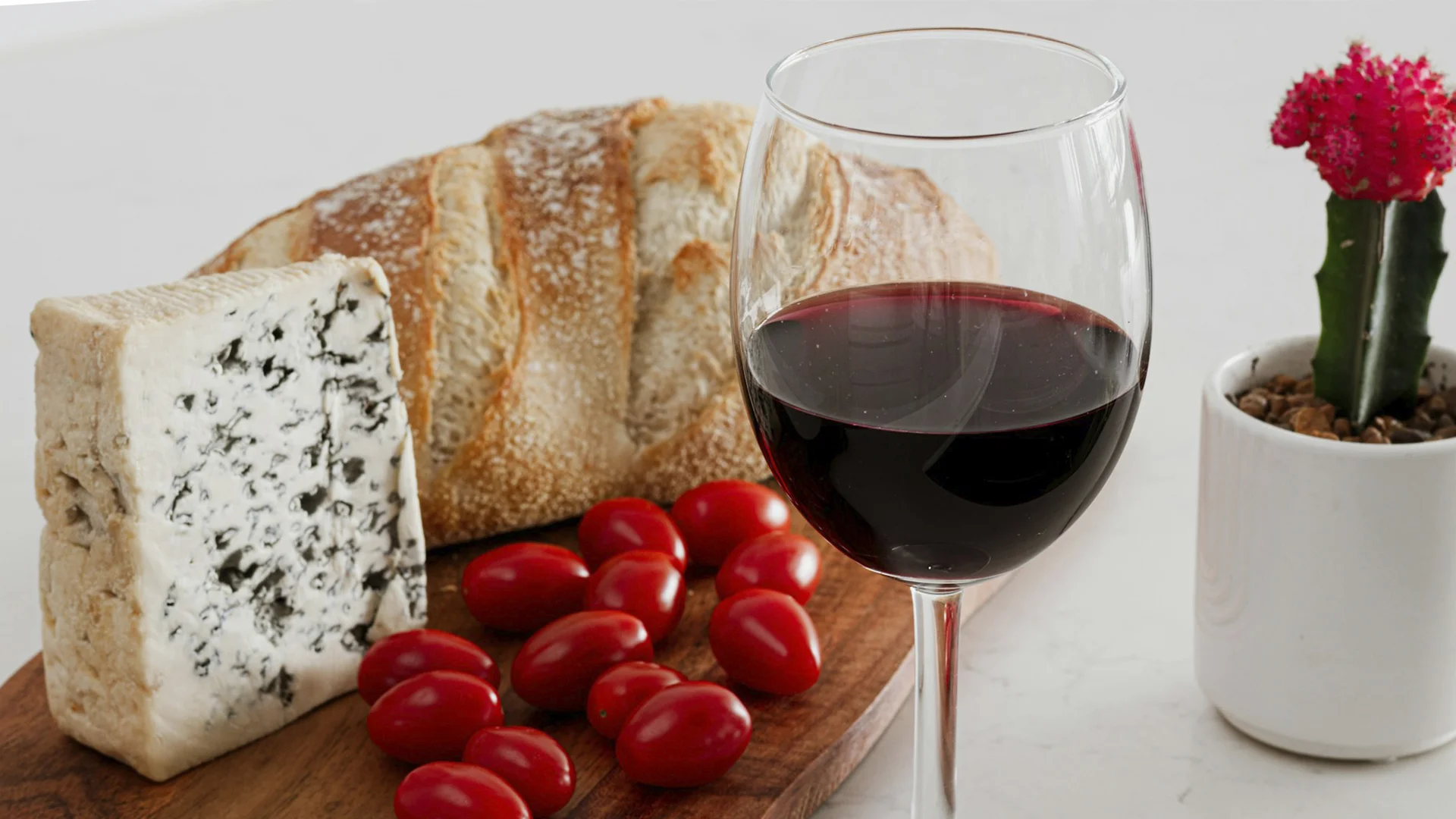
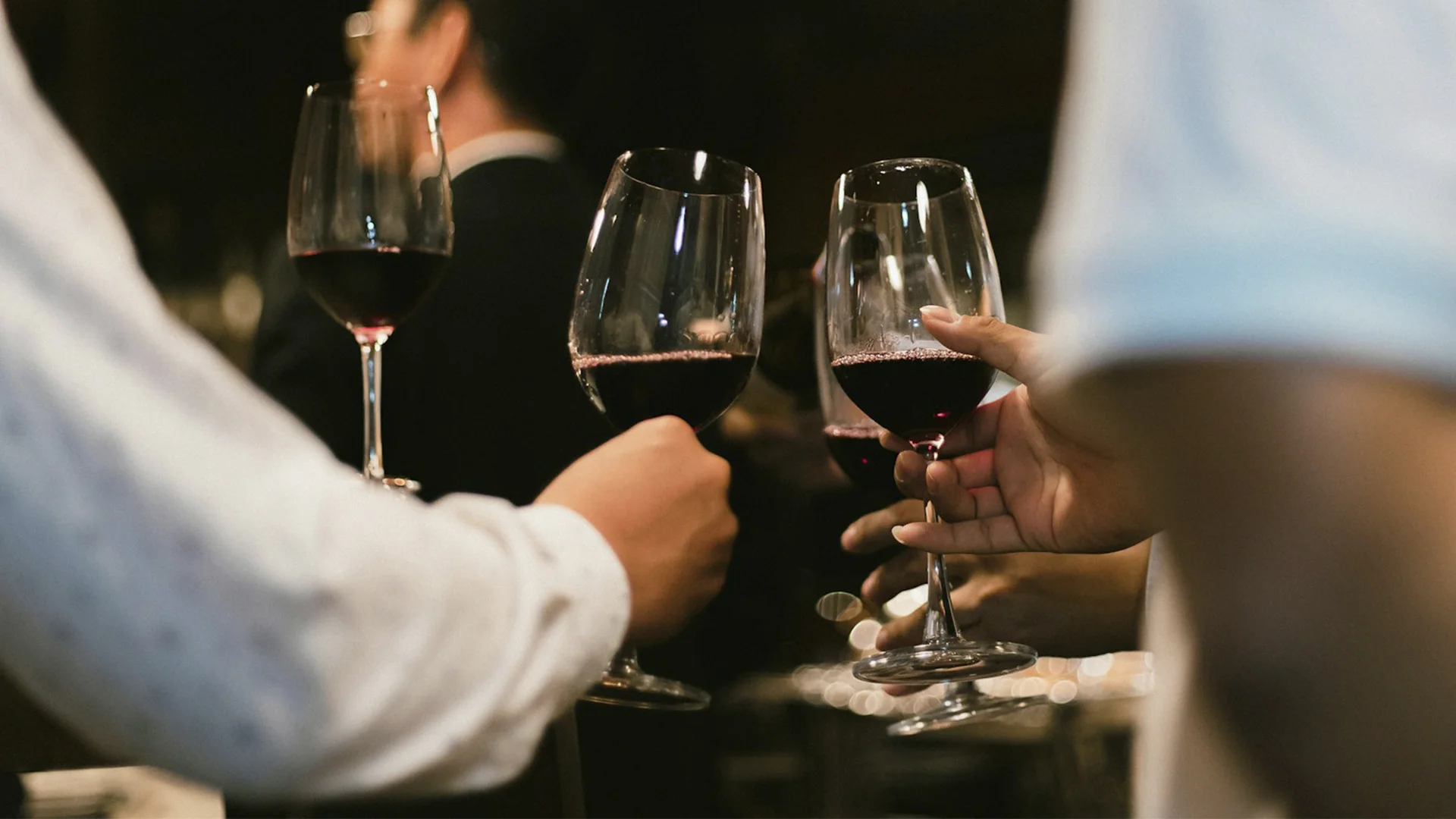
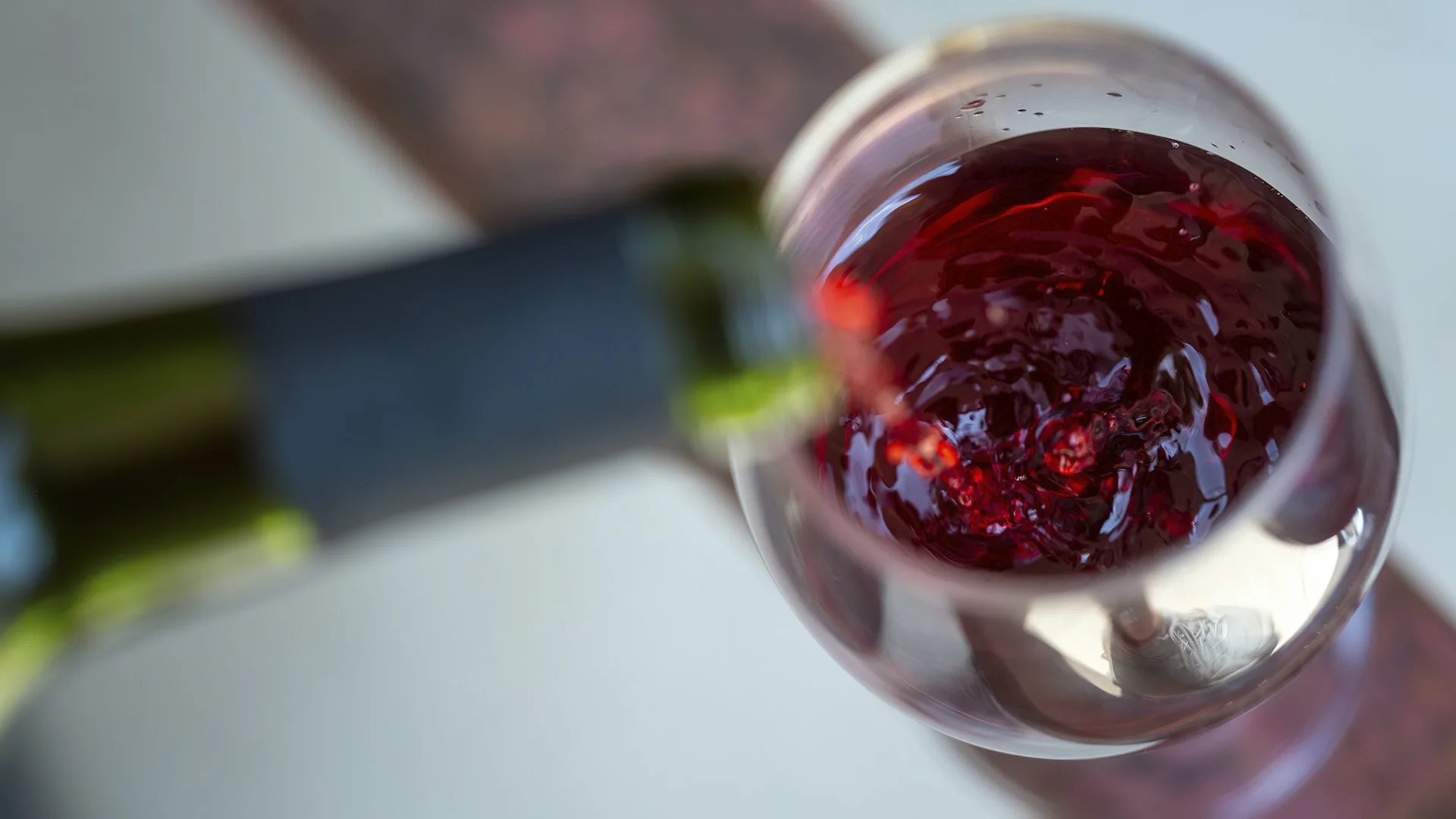
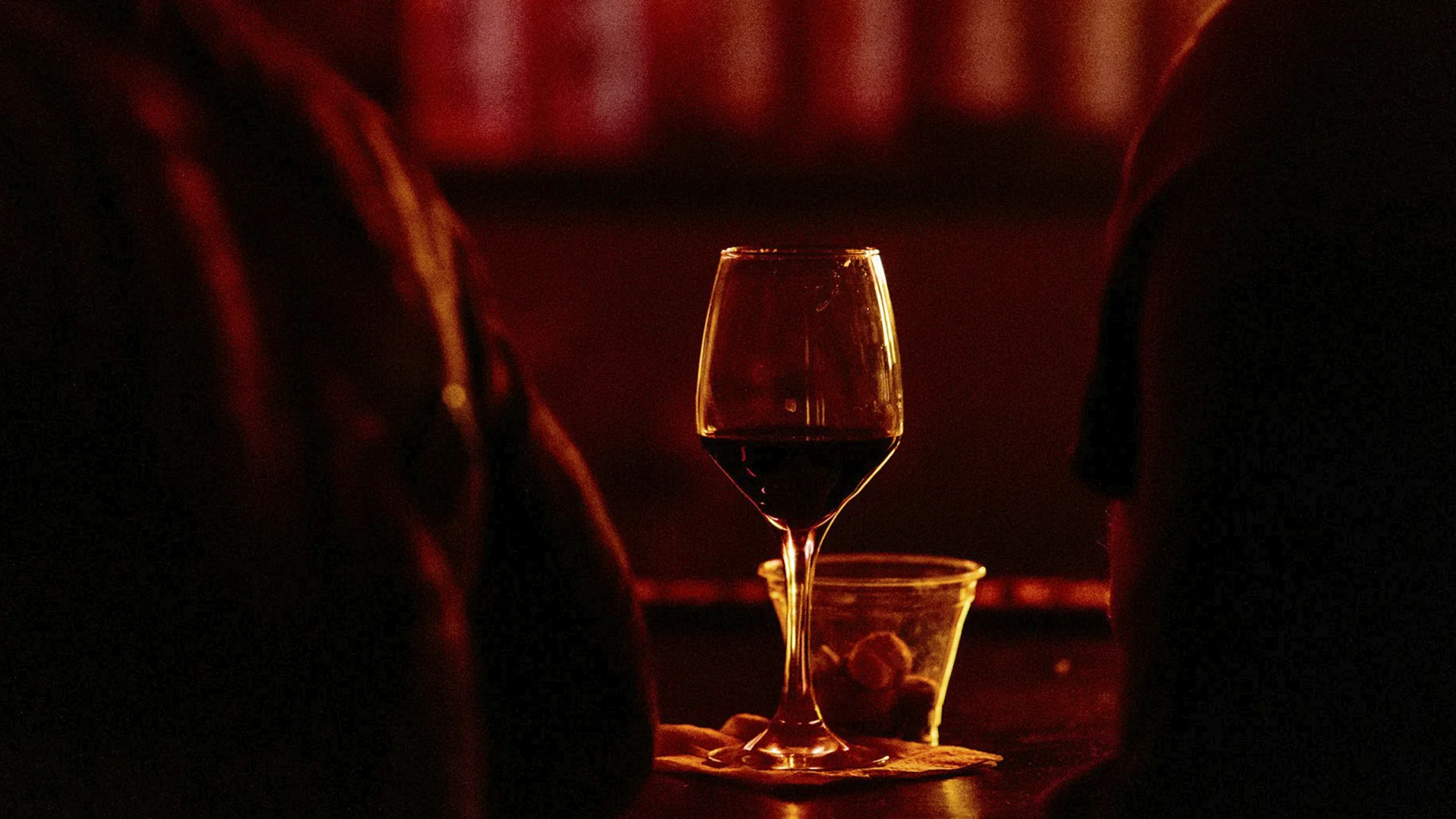

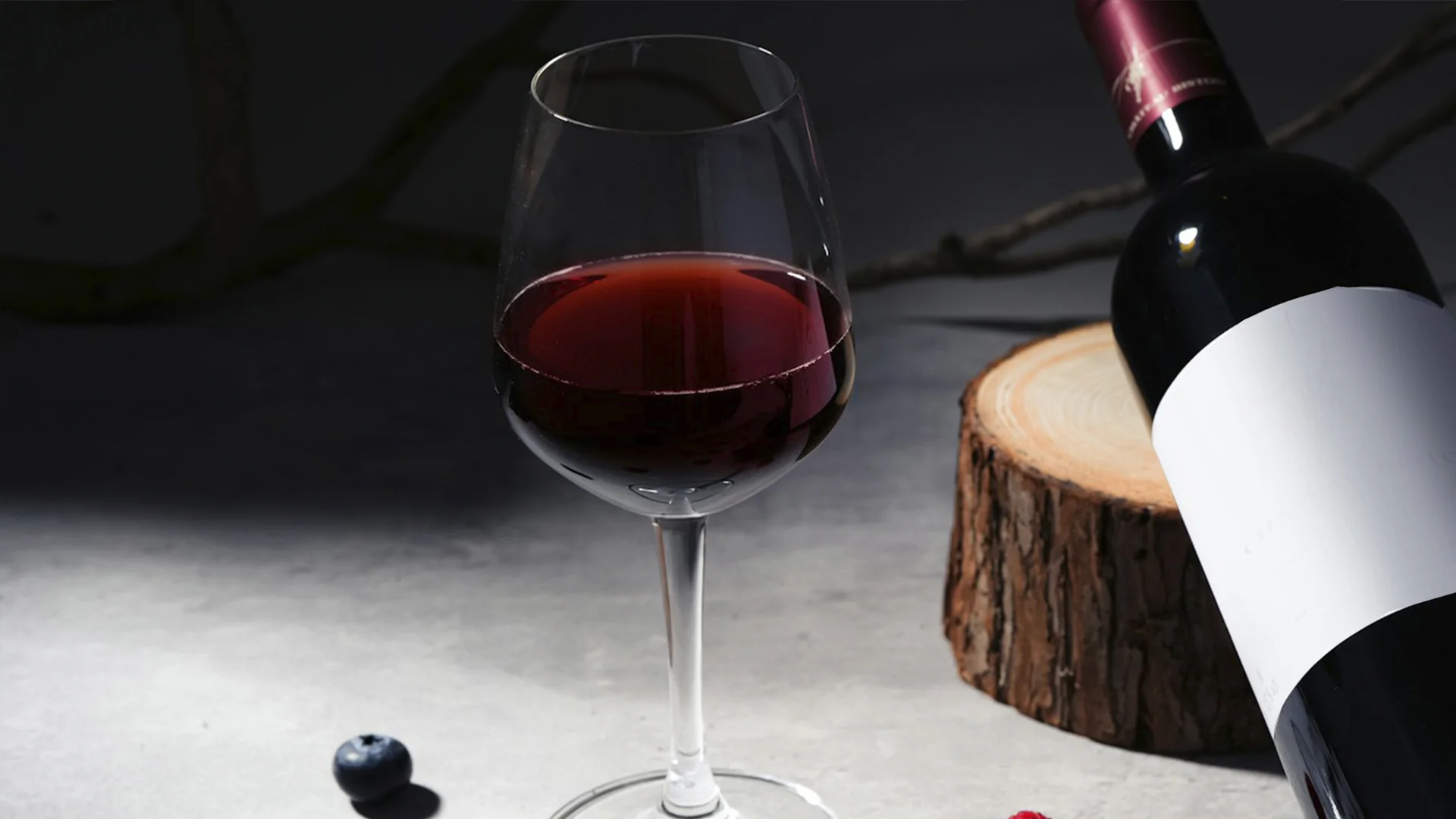
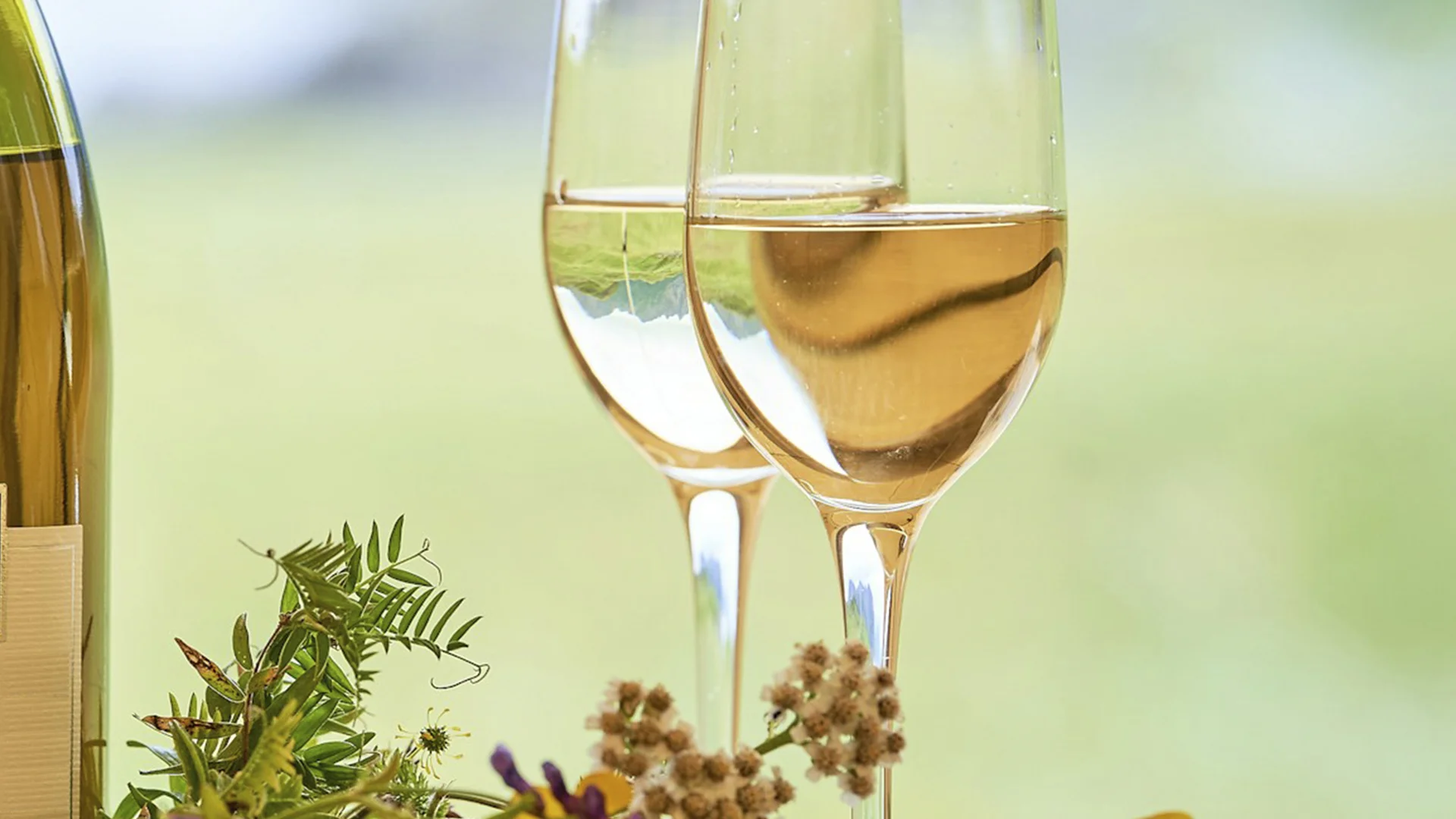
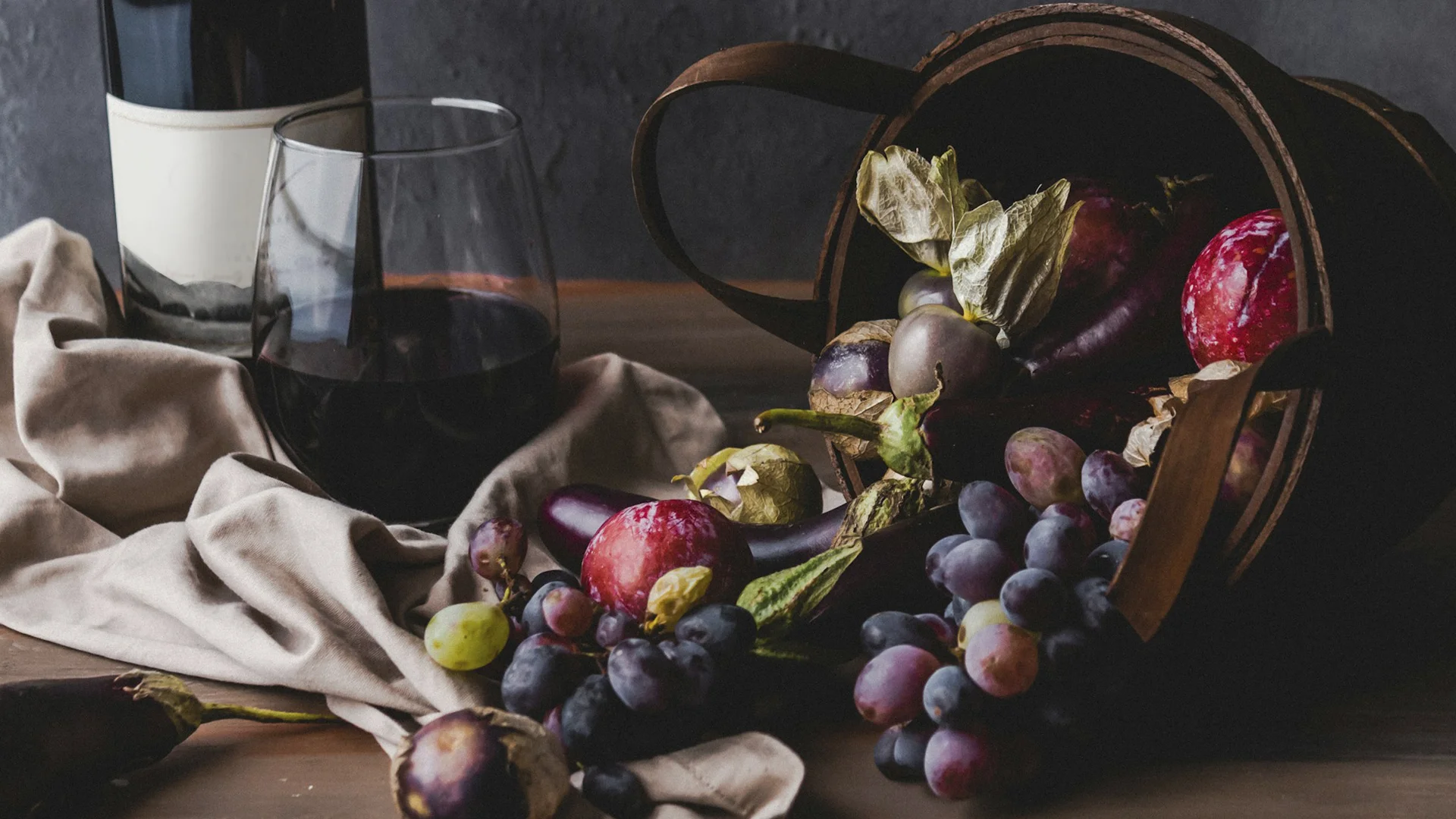
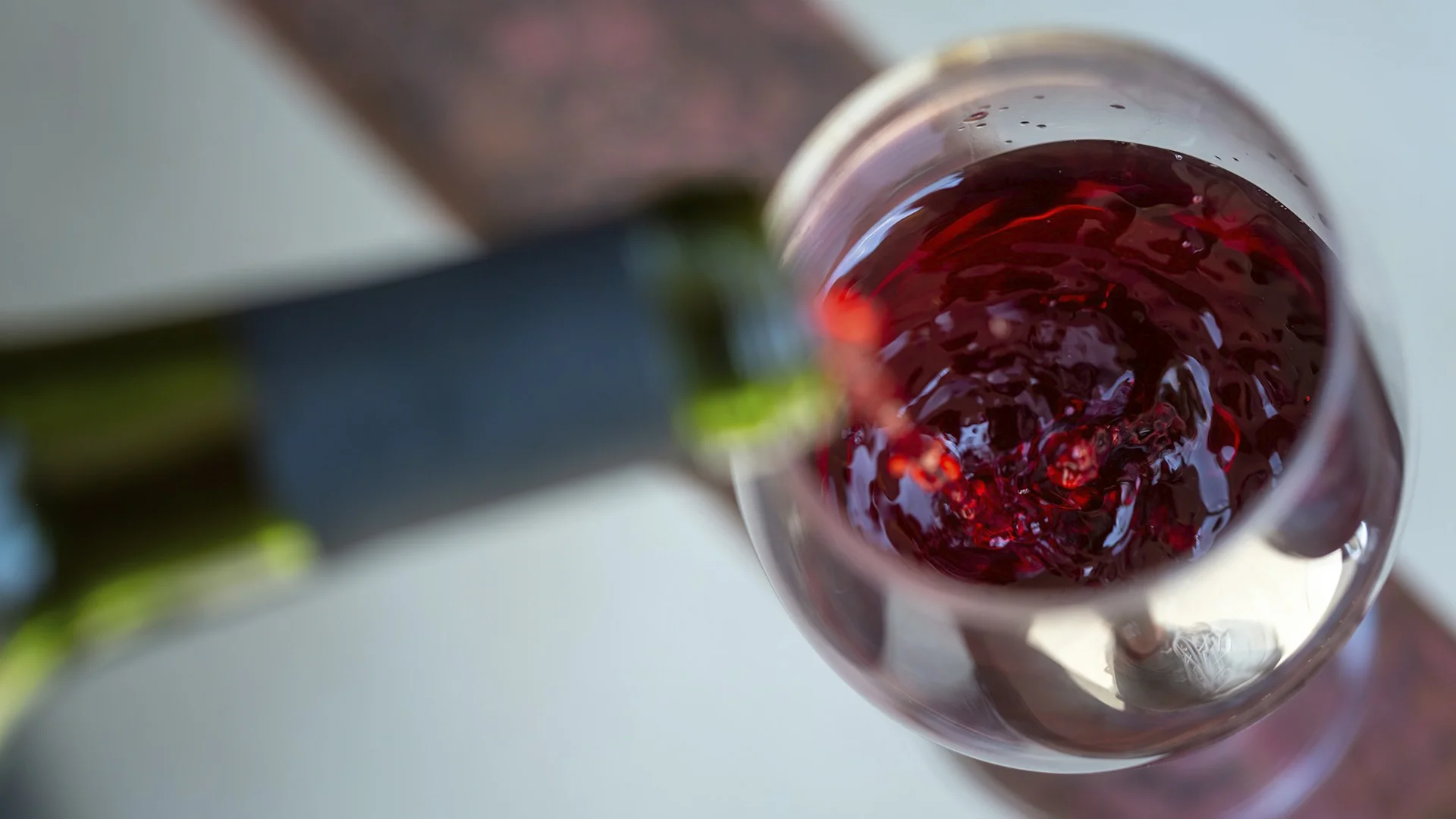
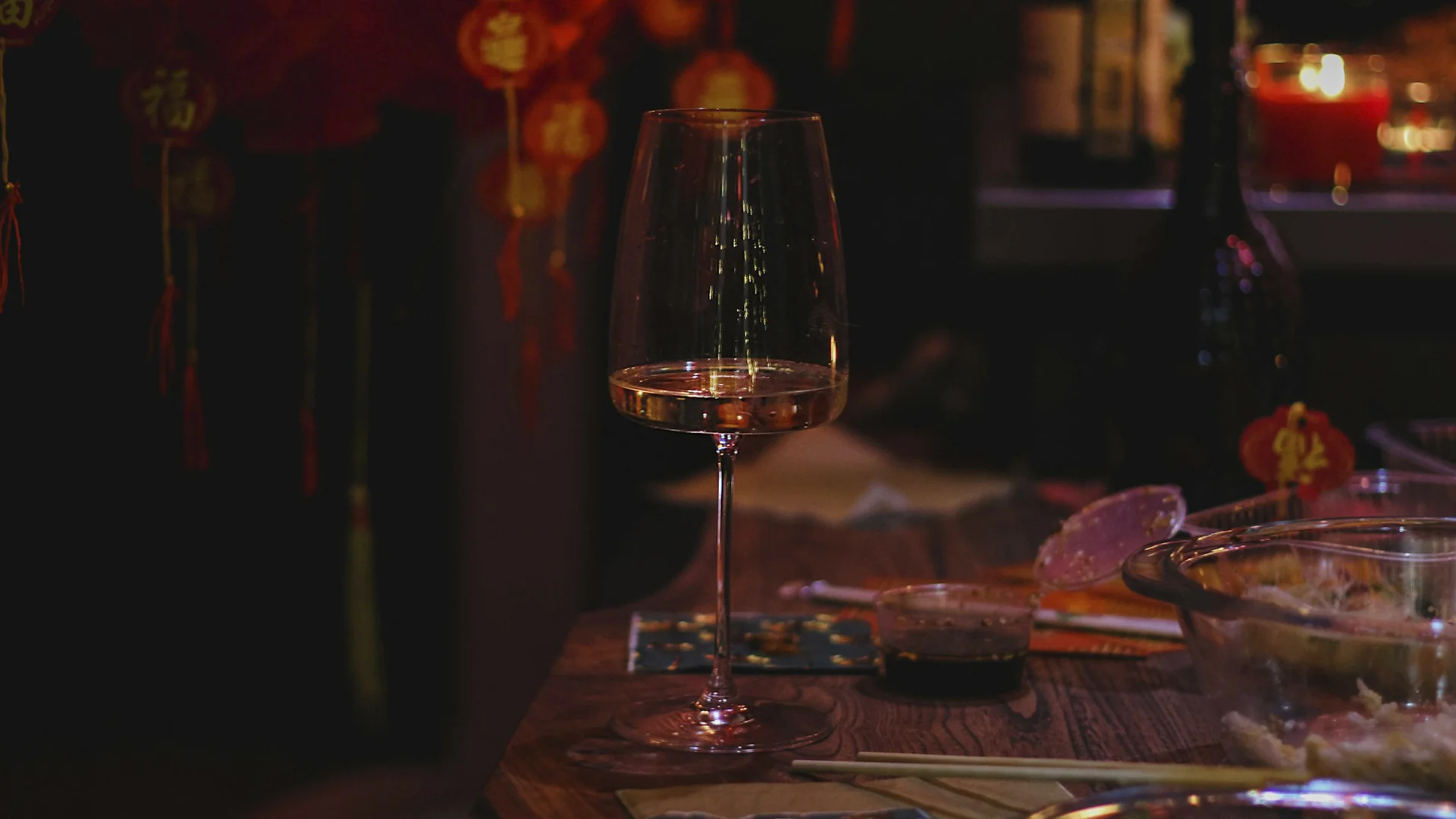
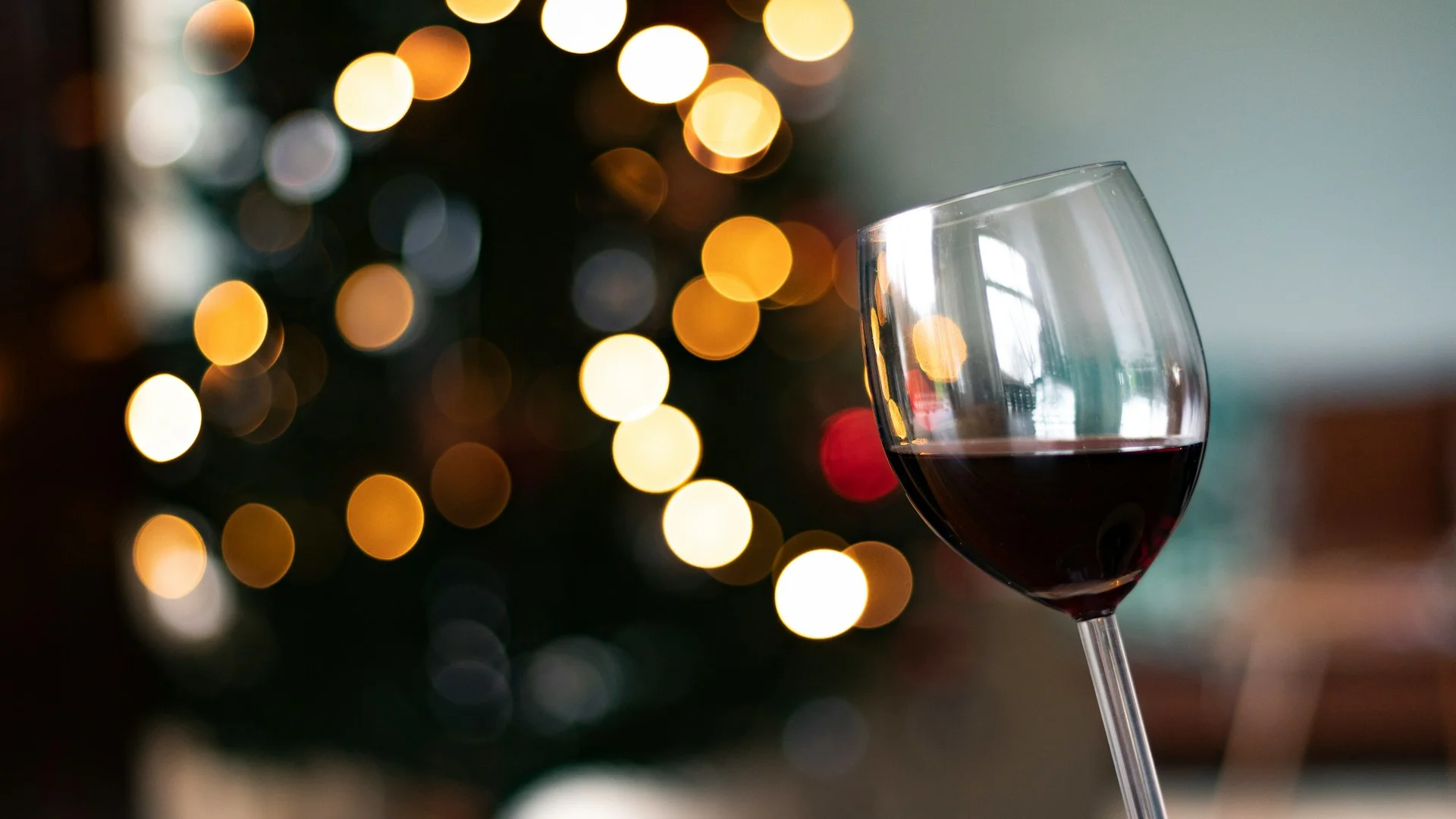





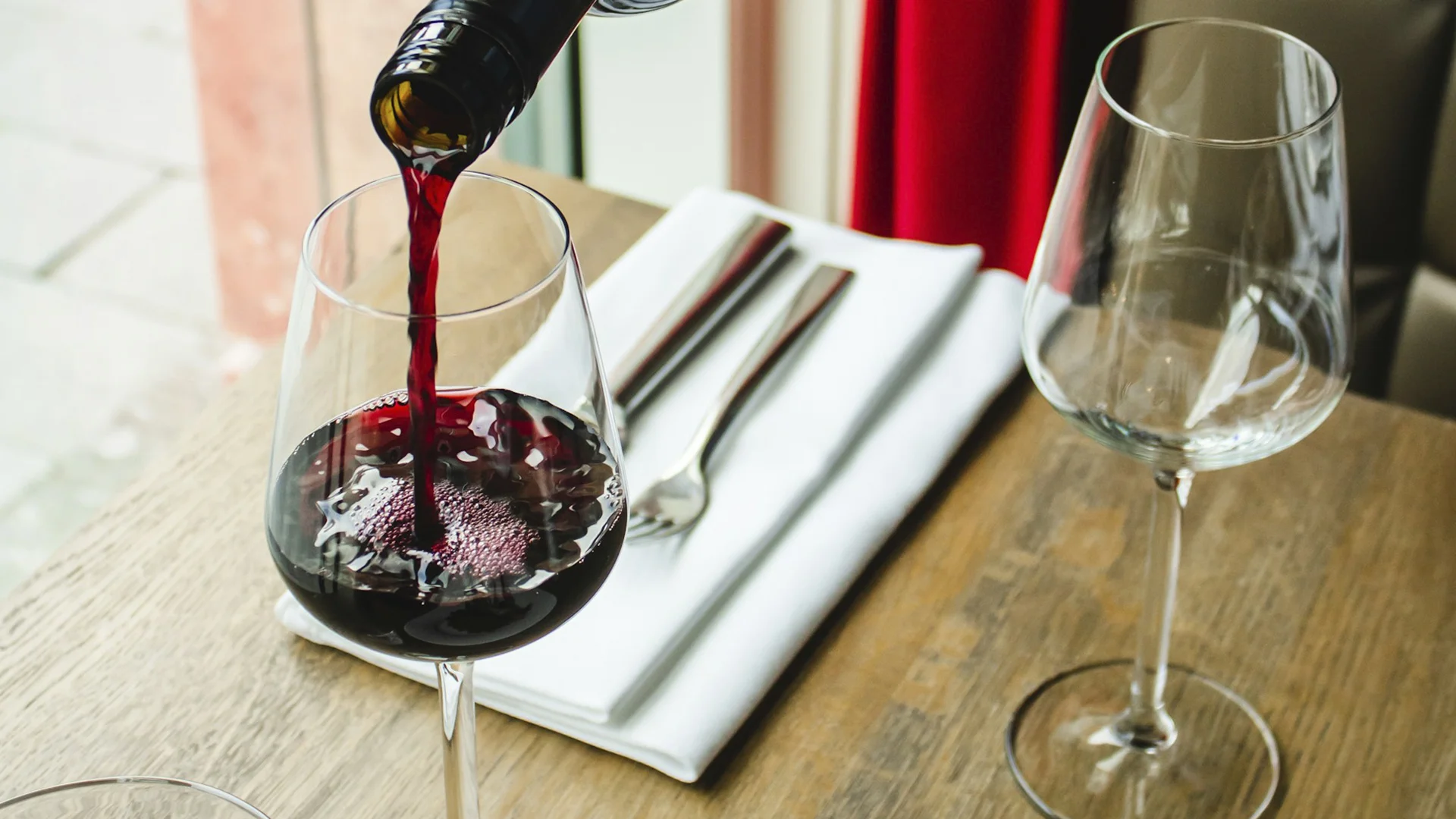












.webp)

.webp)
.webp)
.webp)



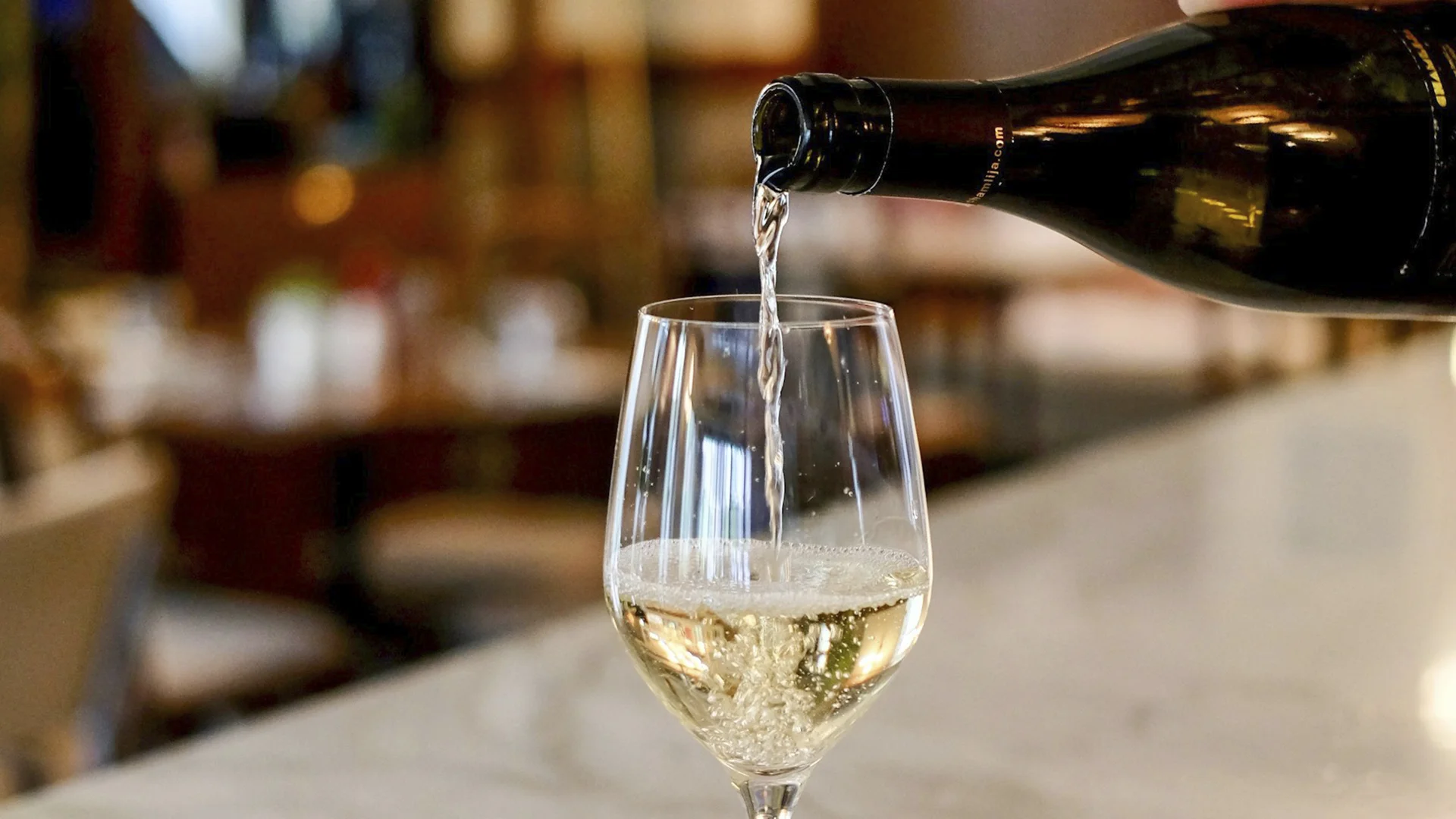


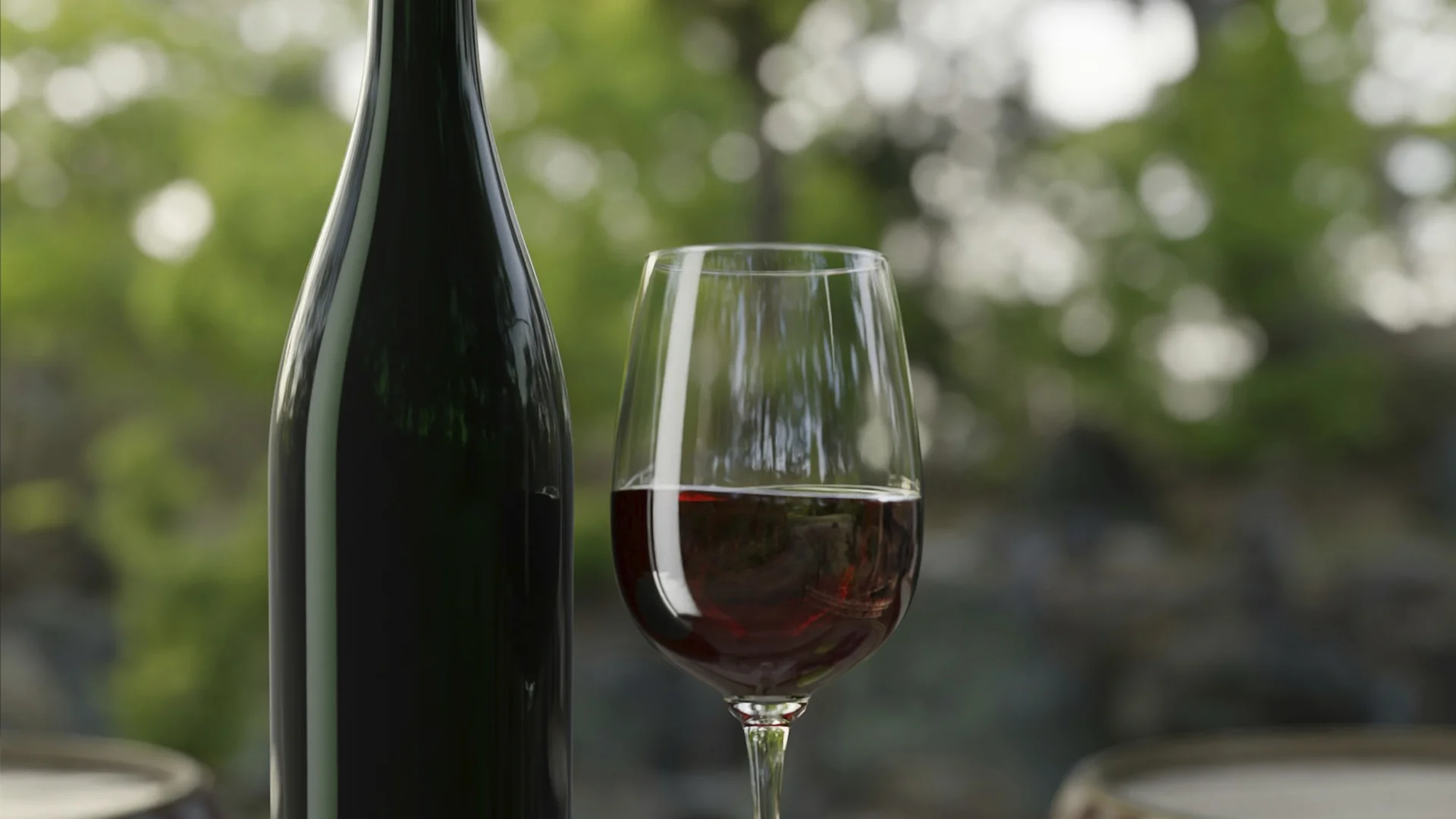



















.webp)













Are you interested in
collaborating with us?